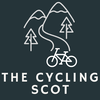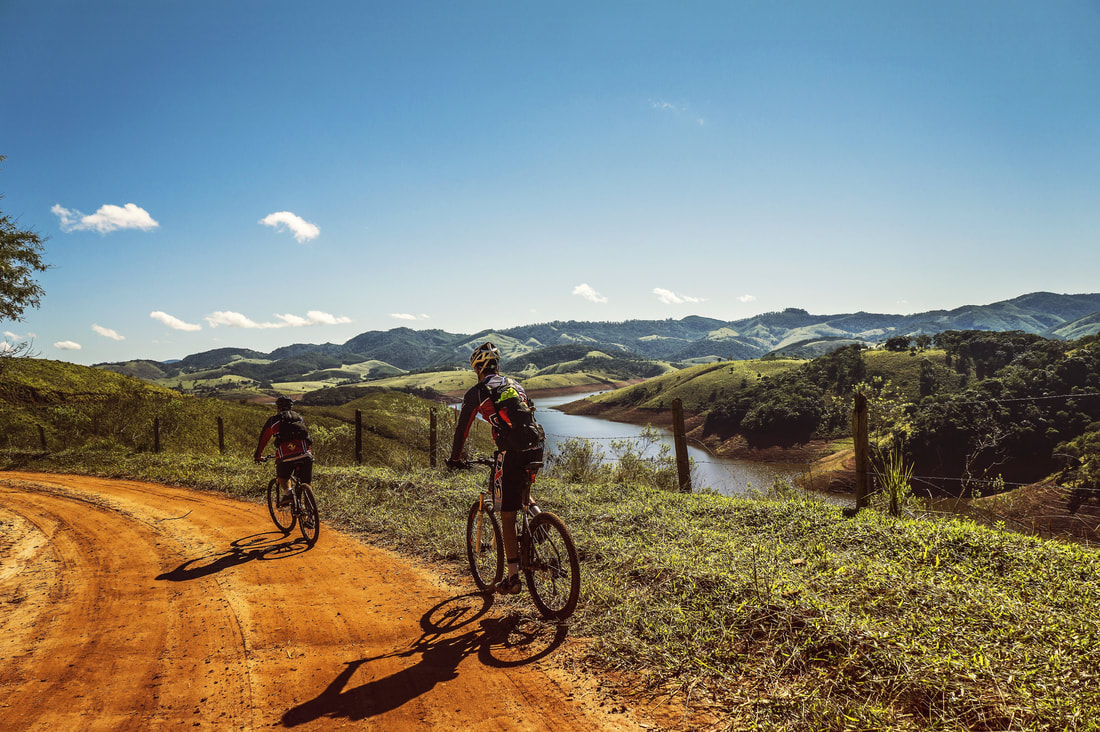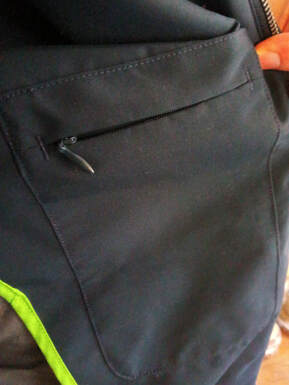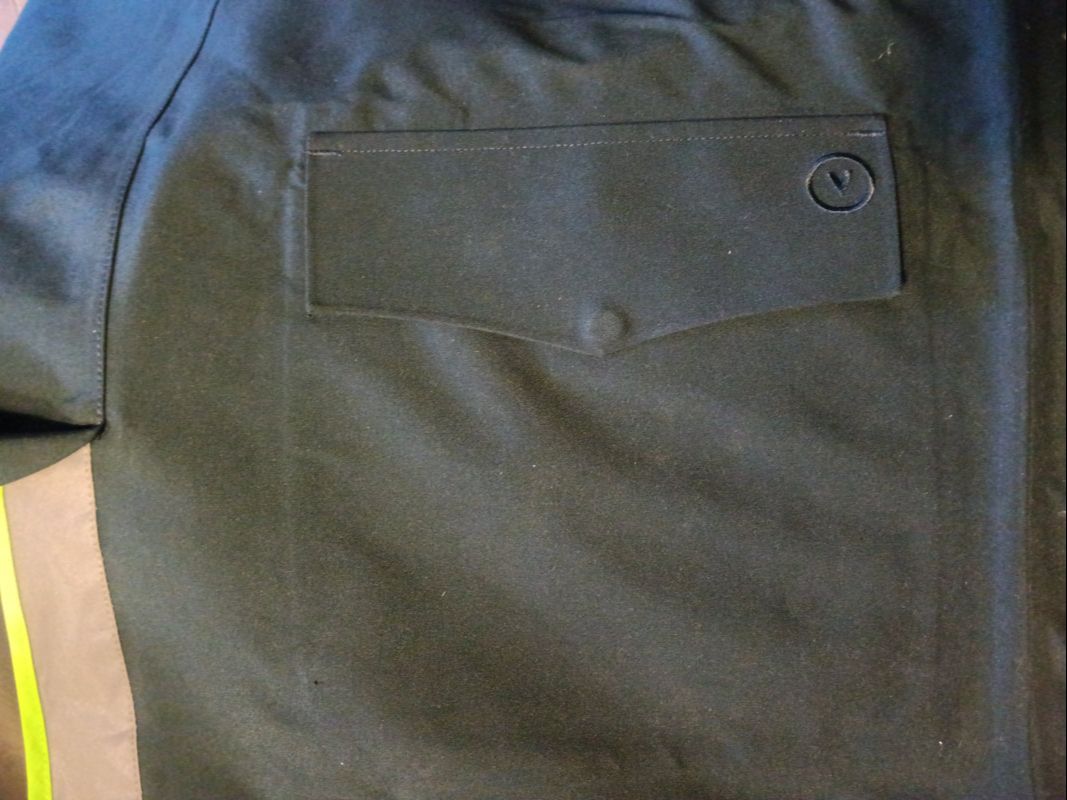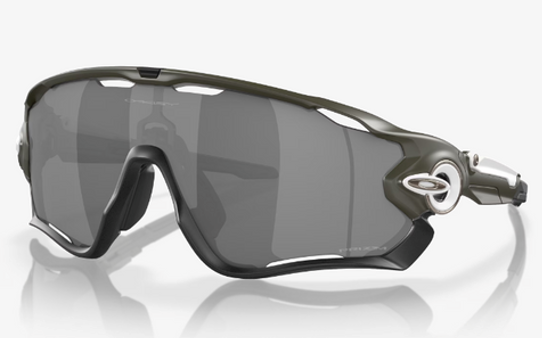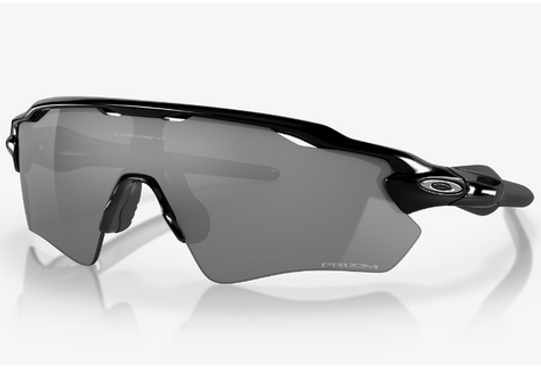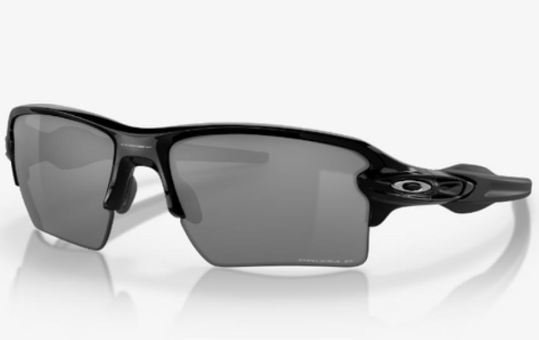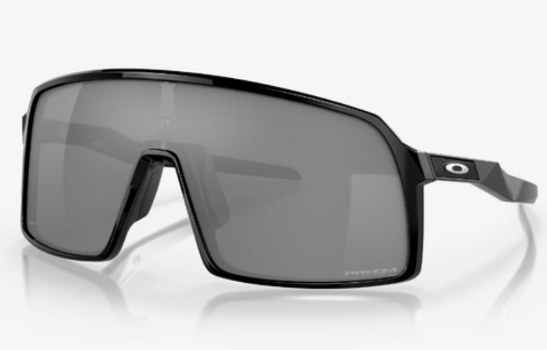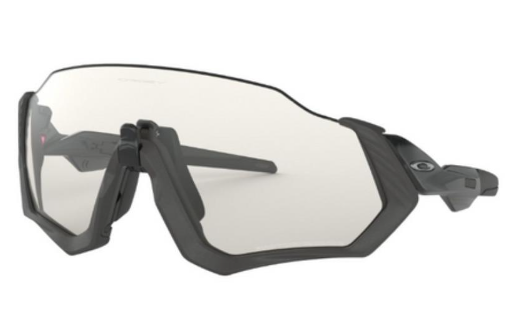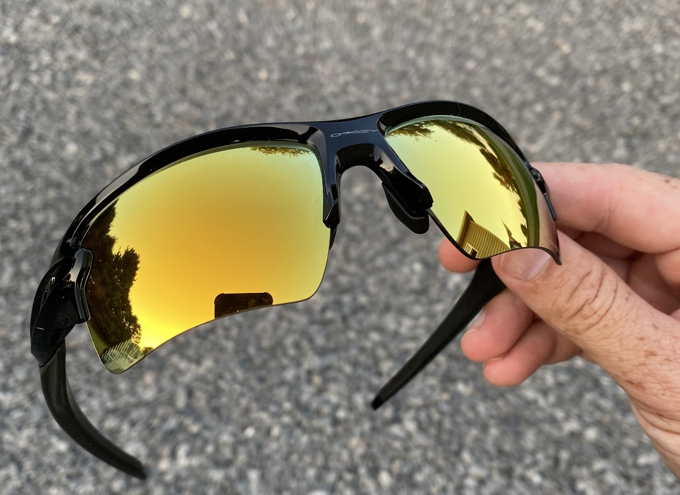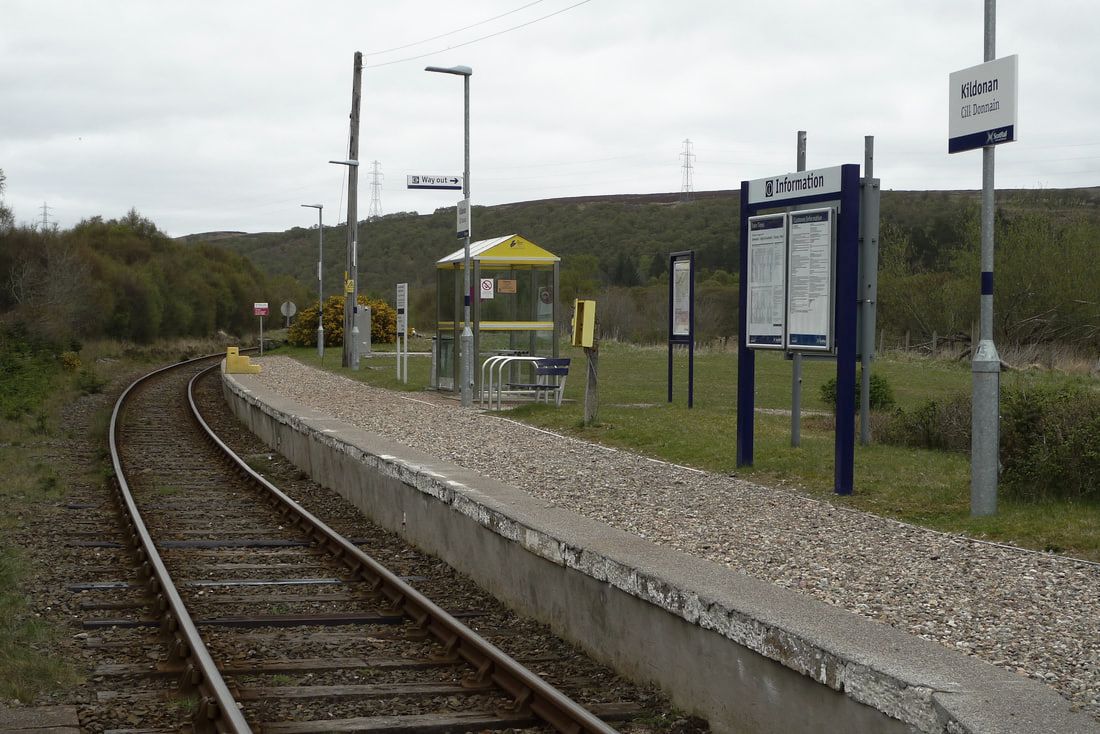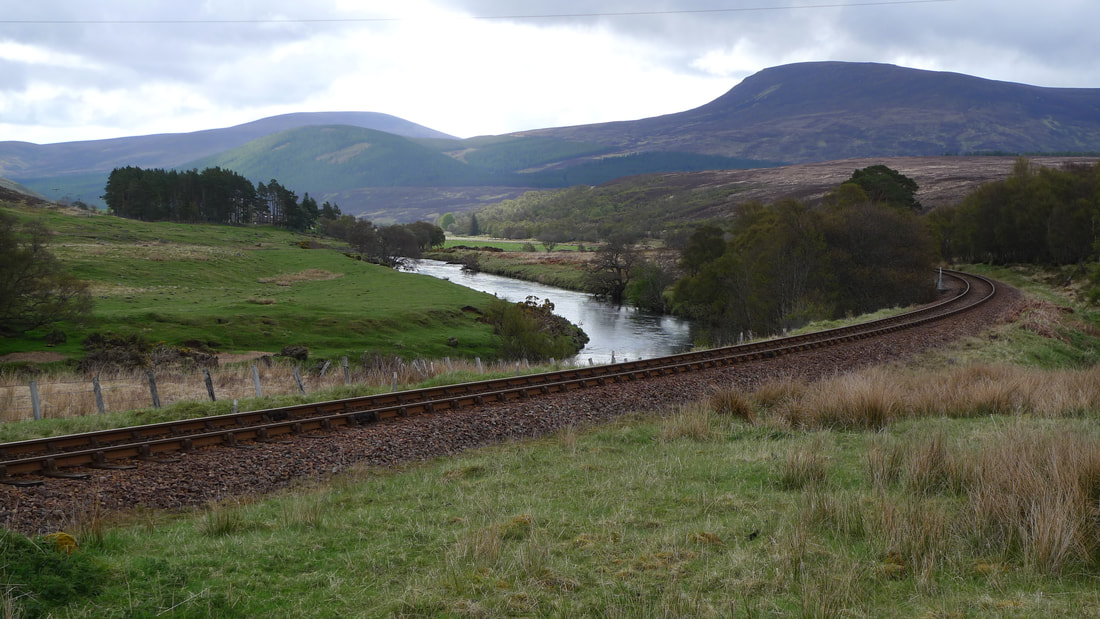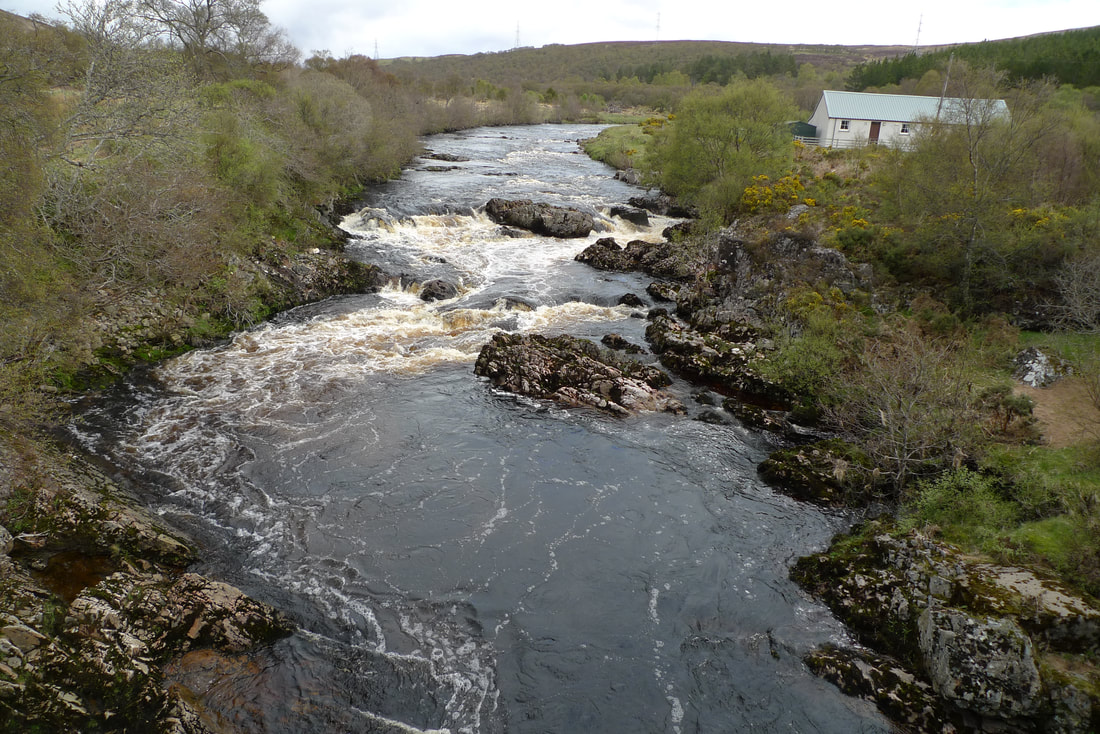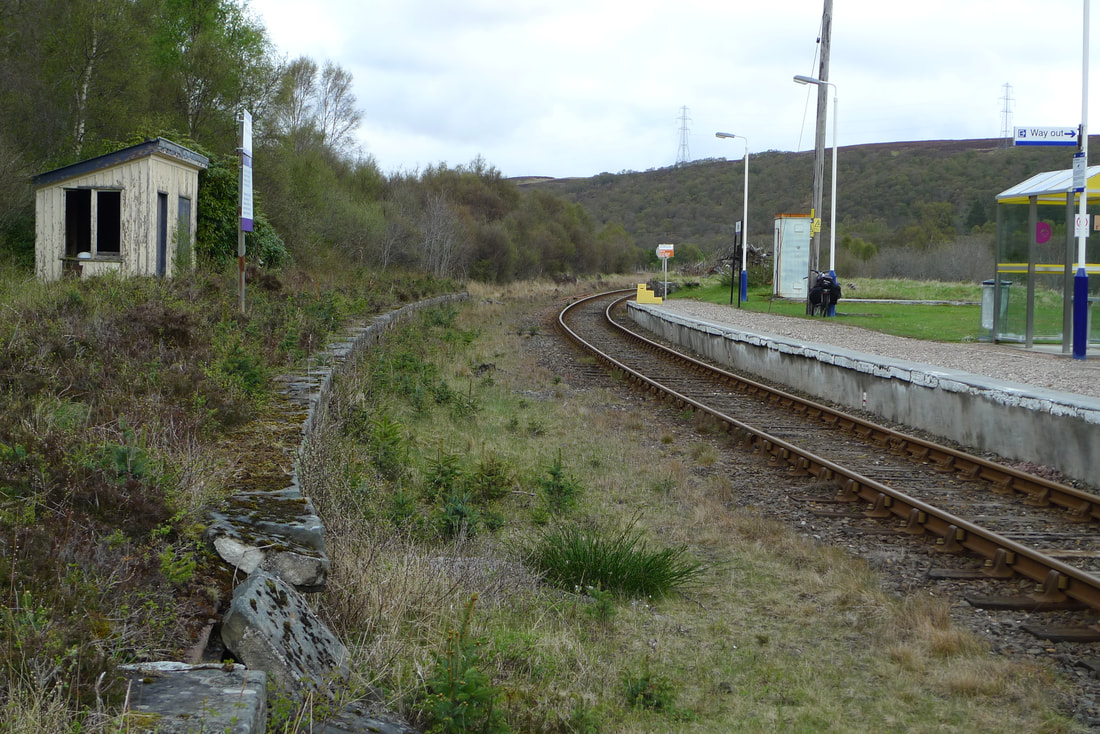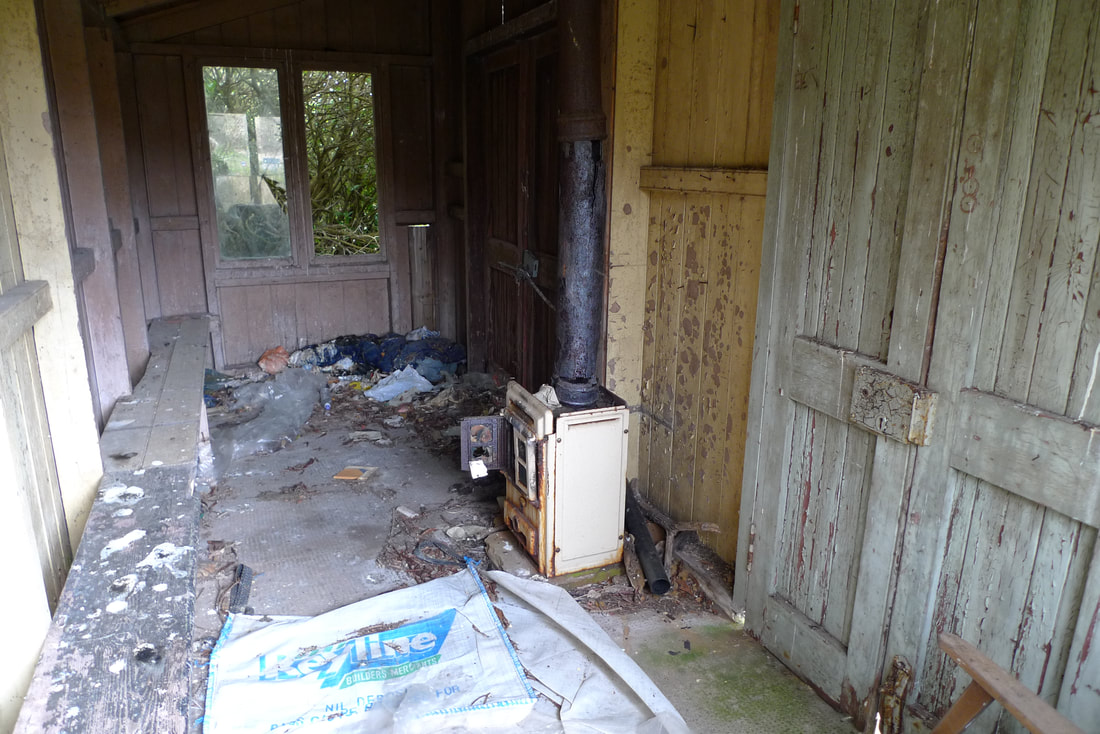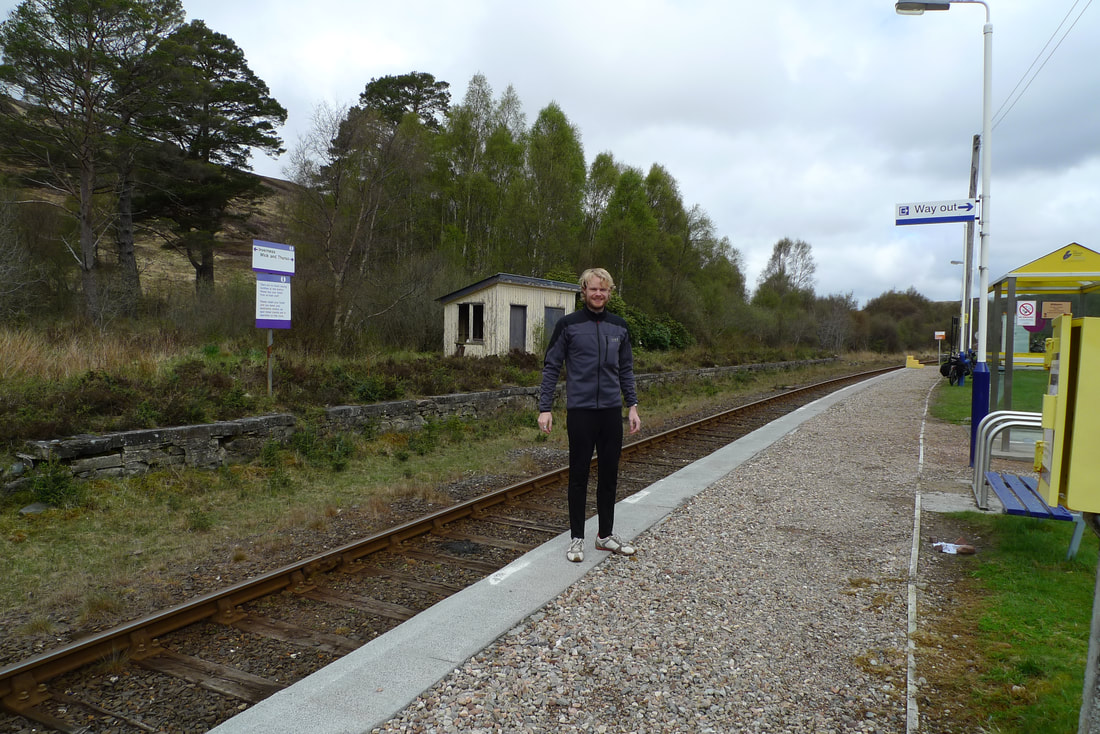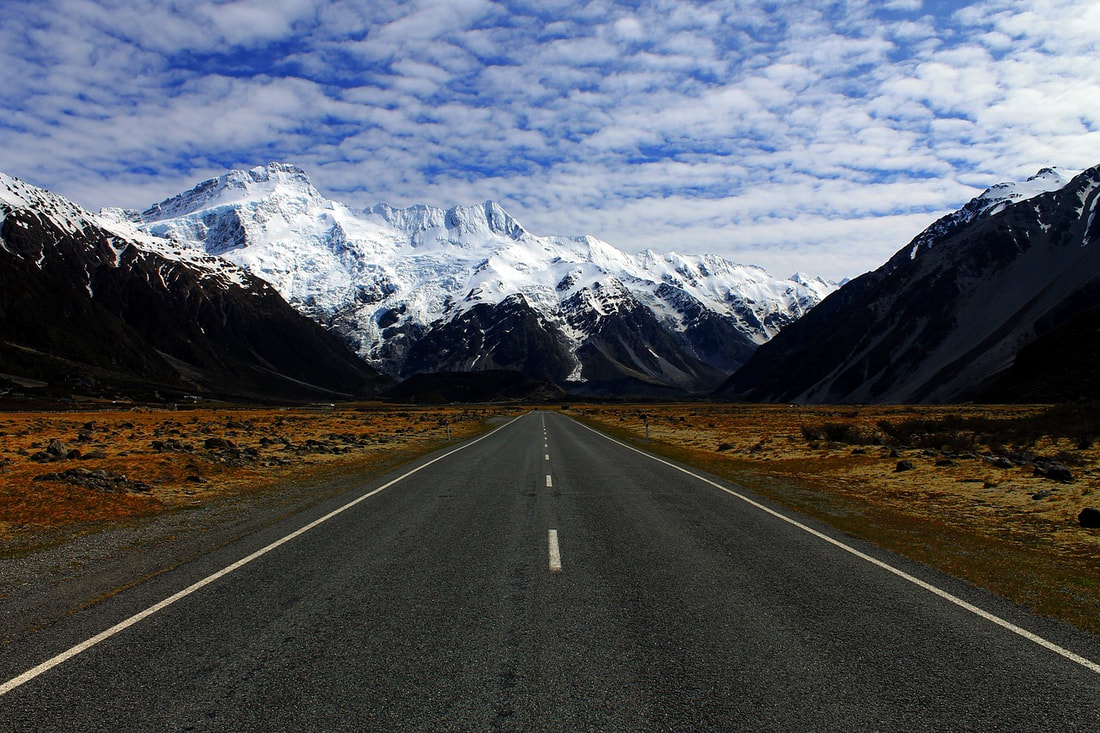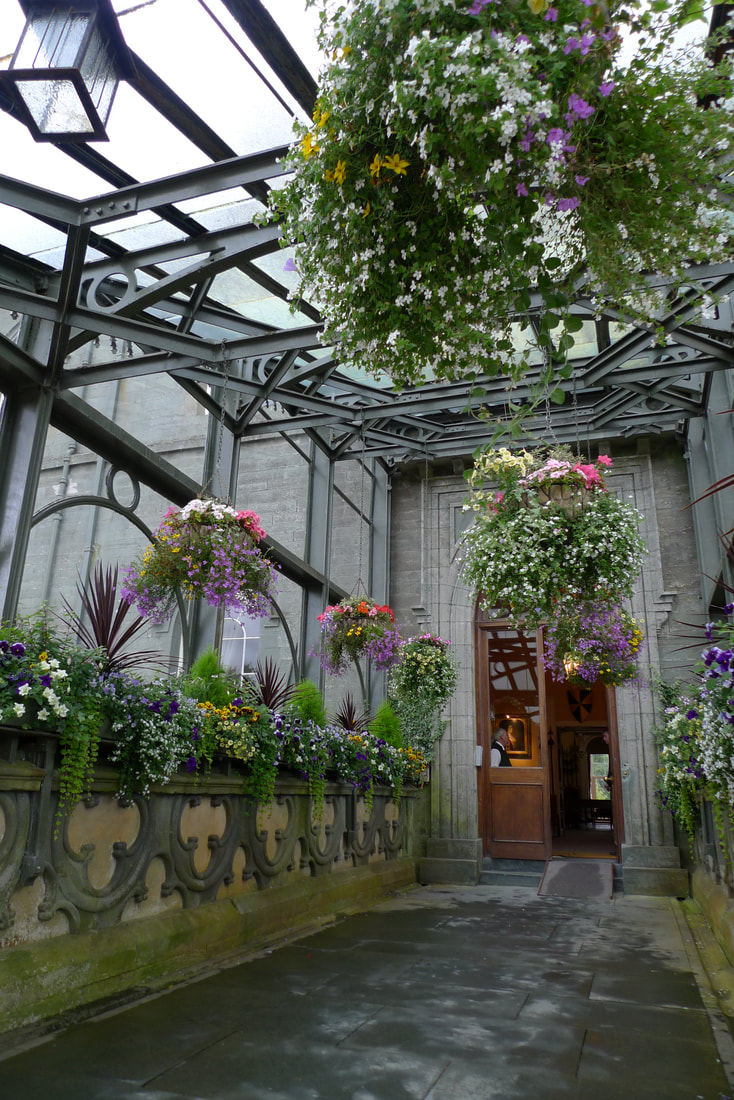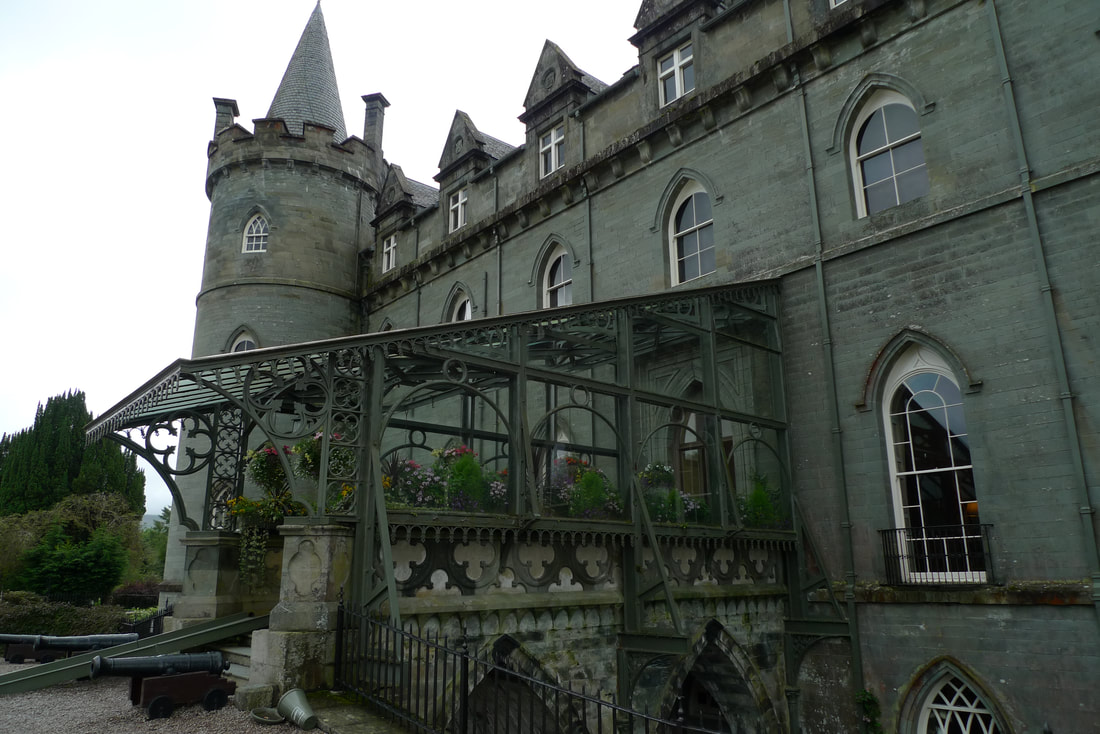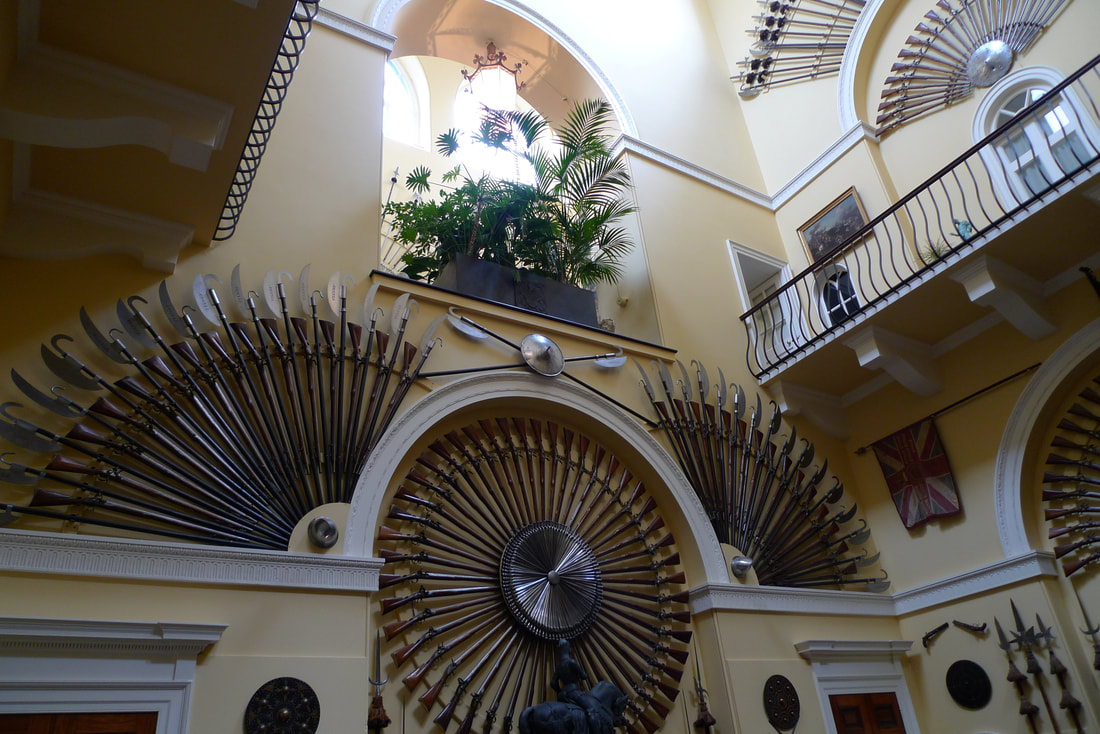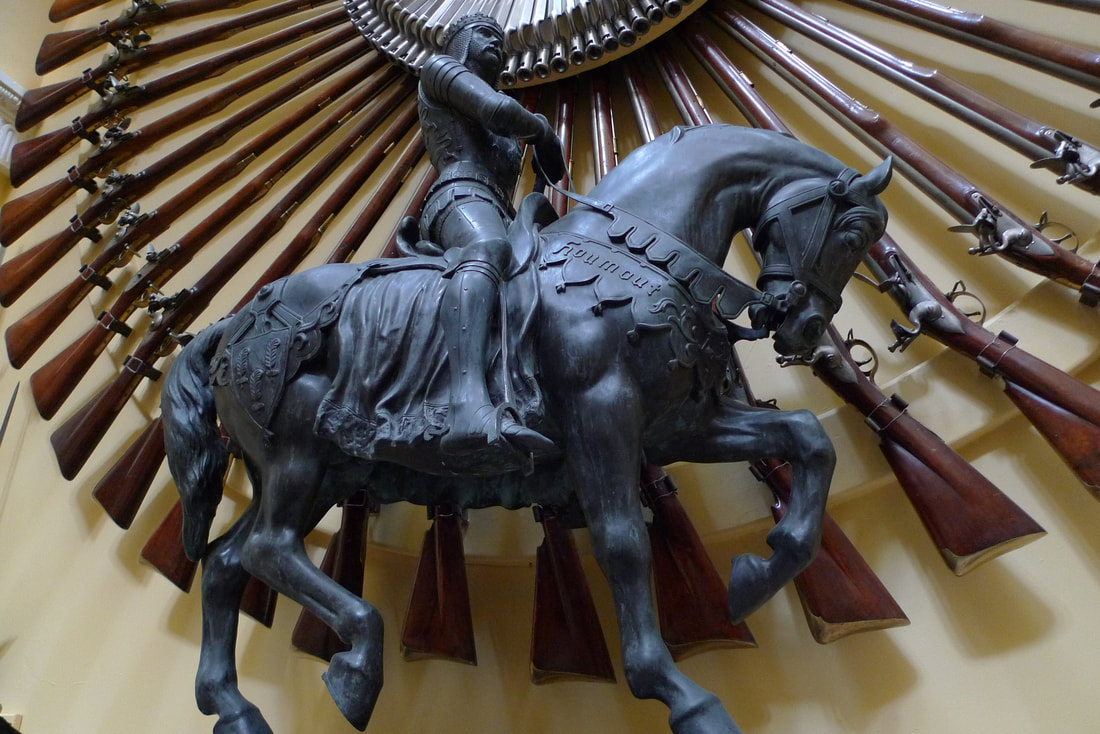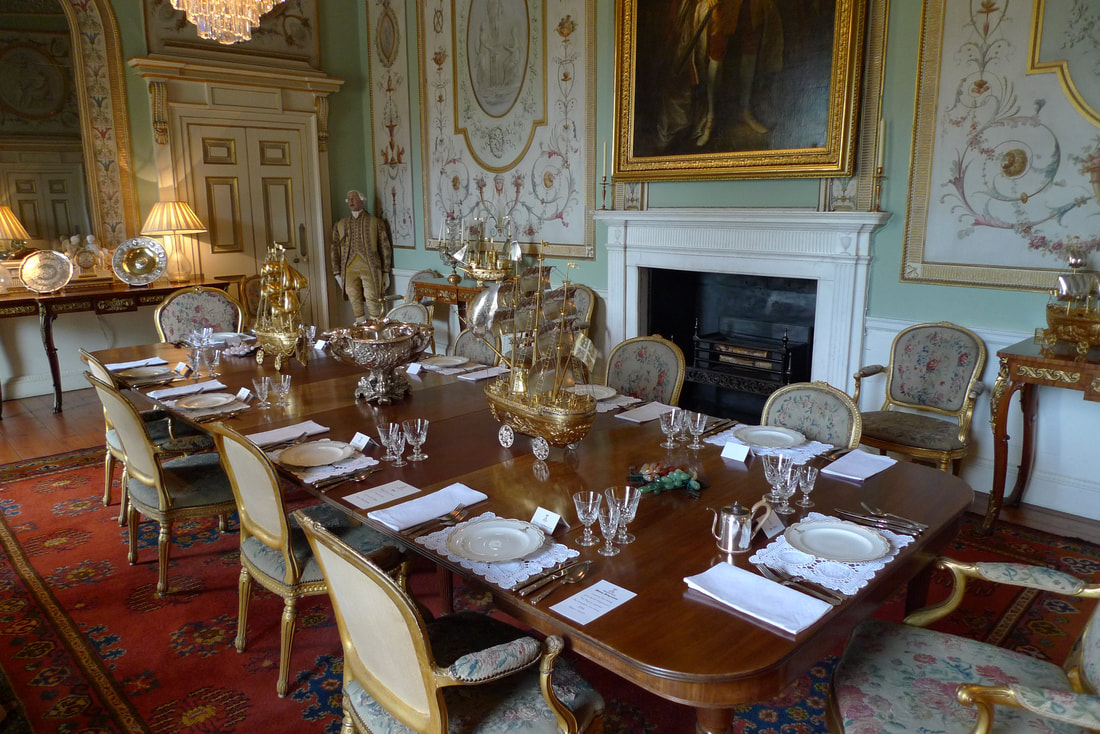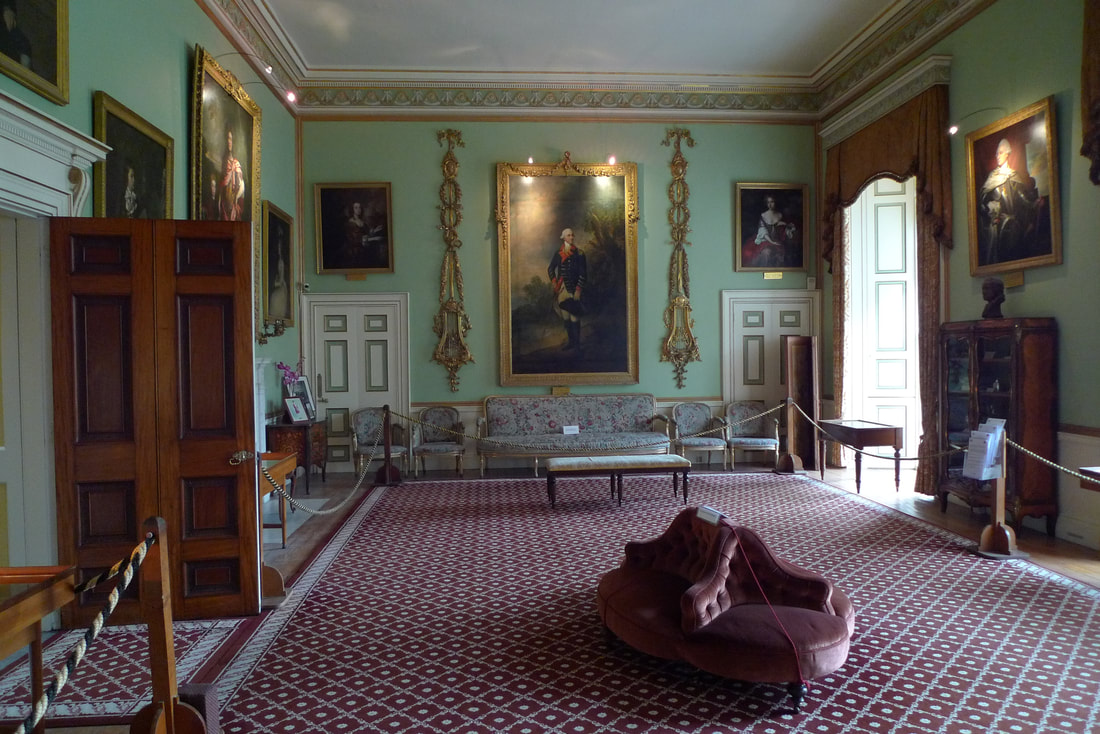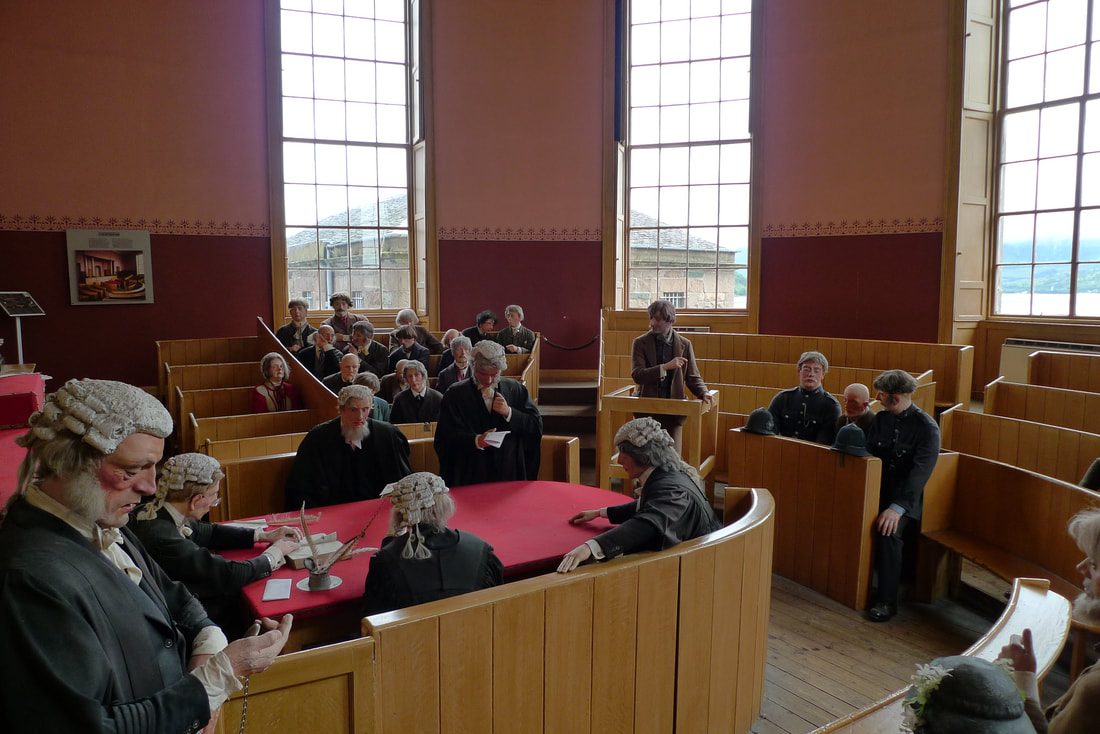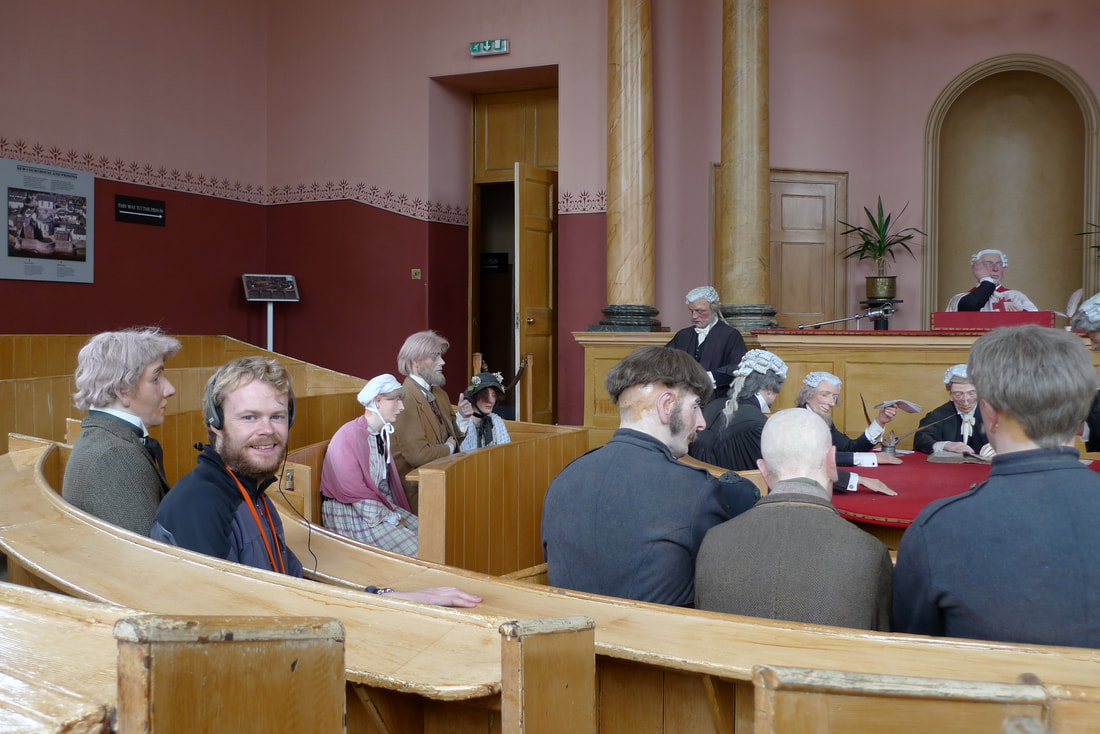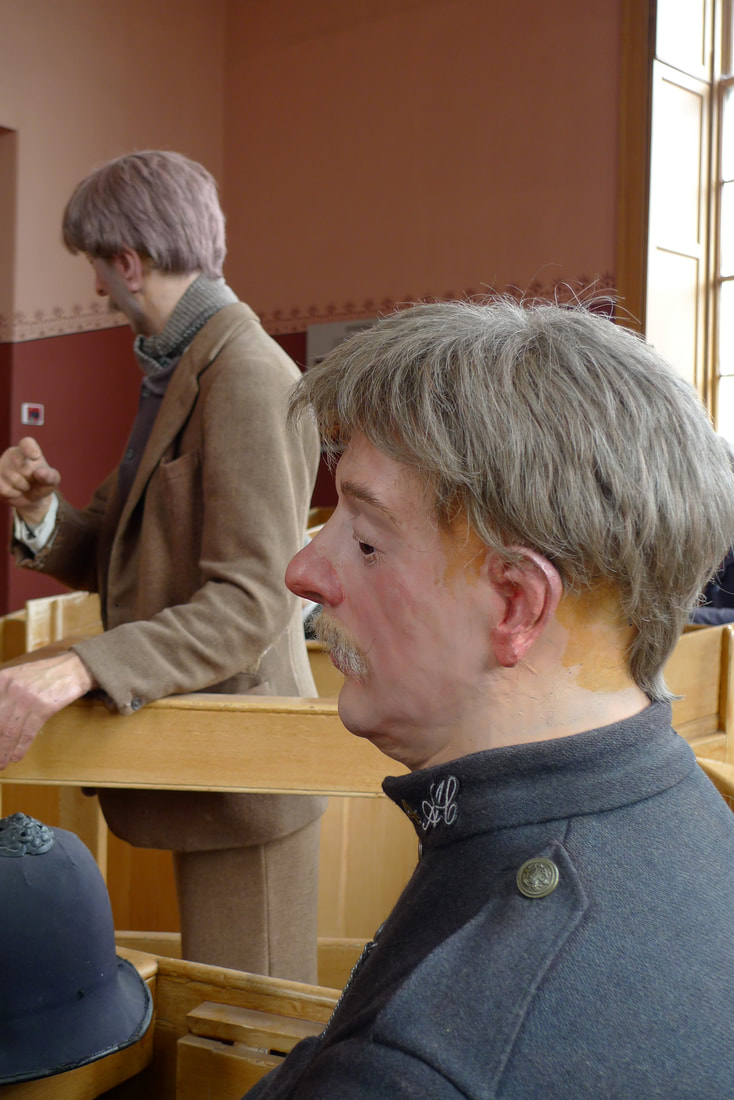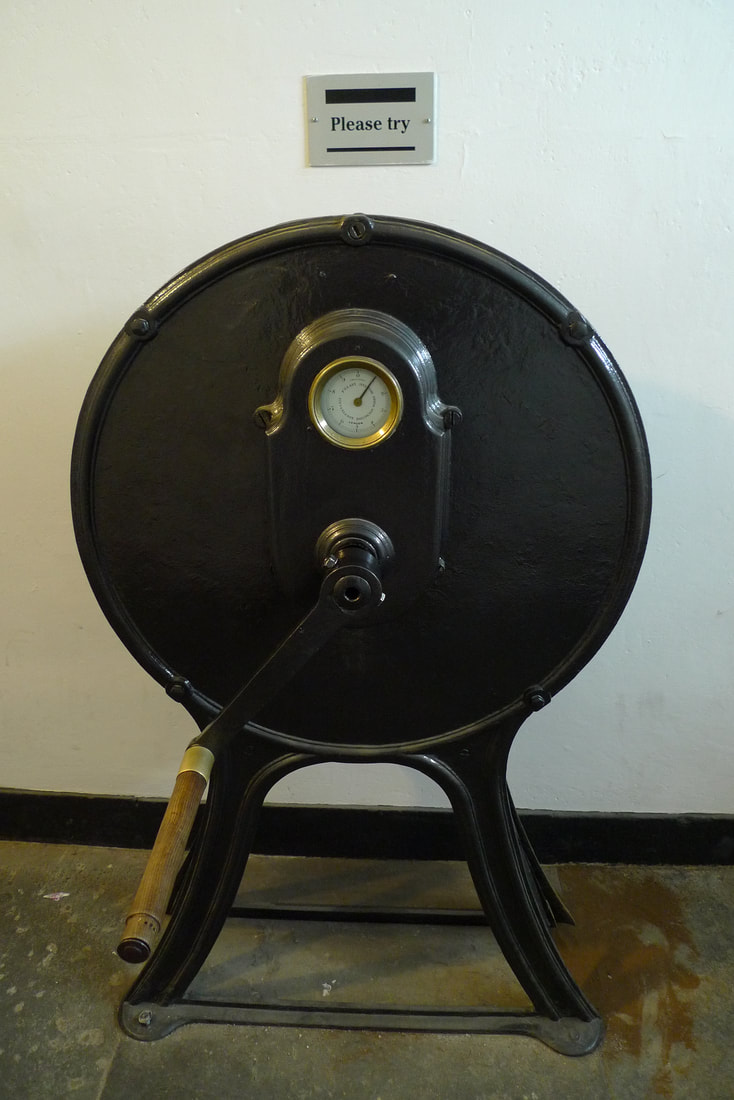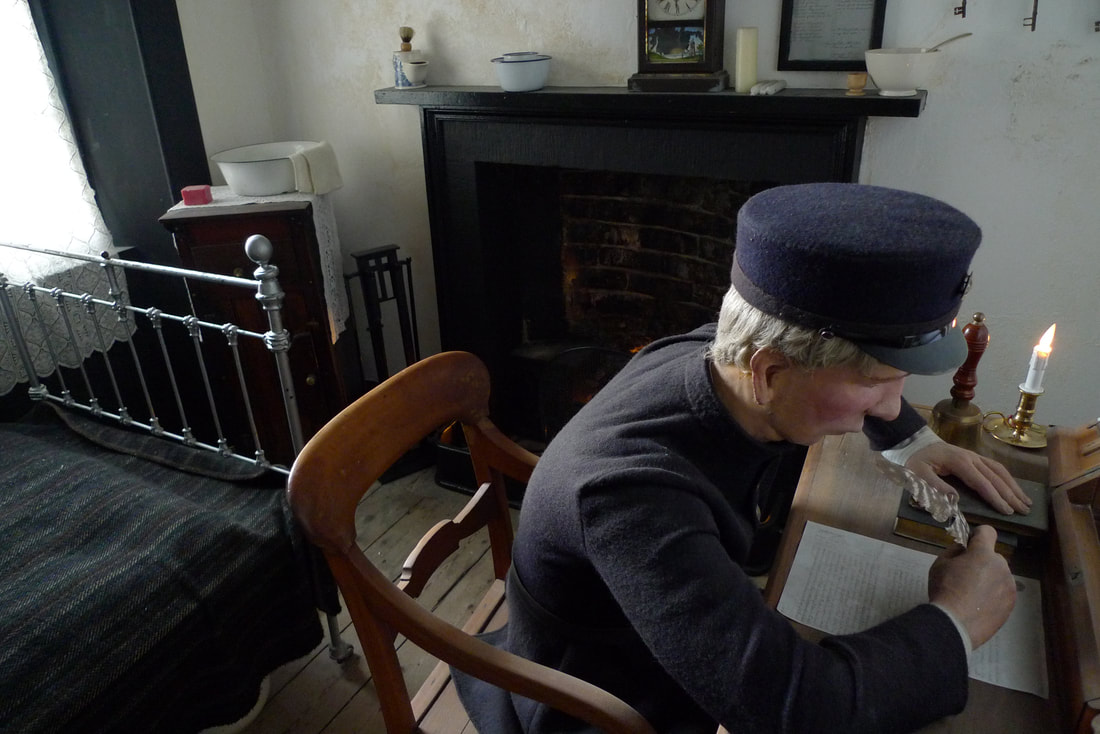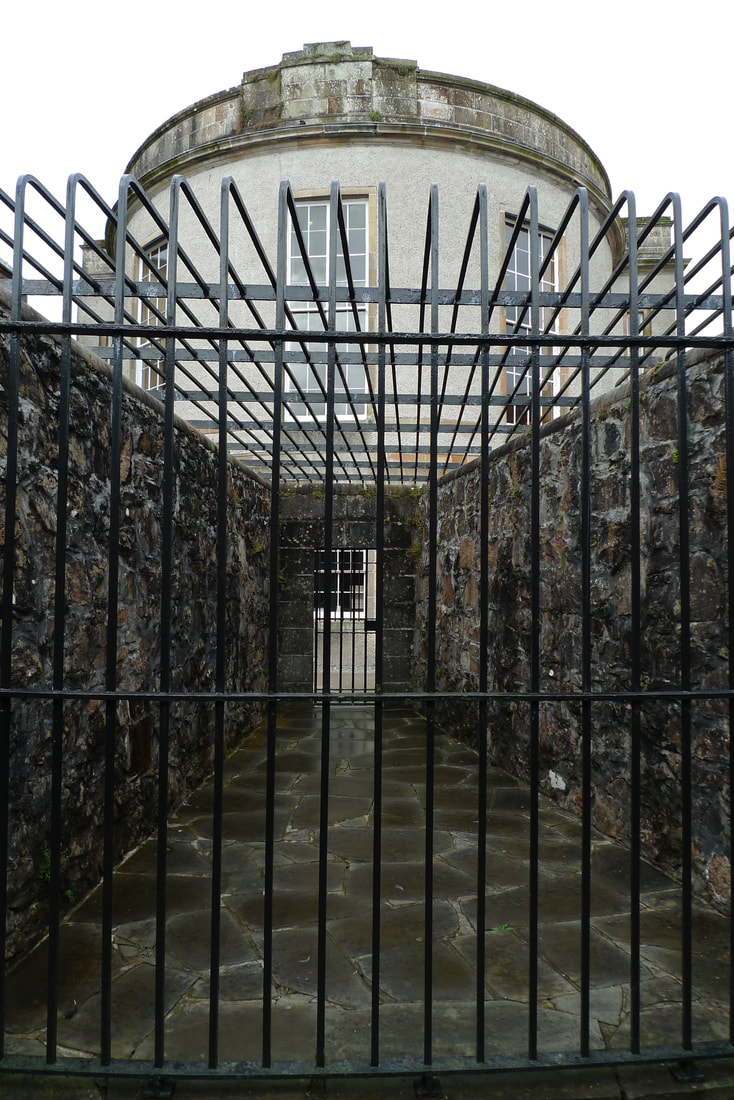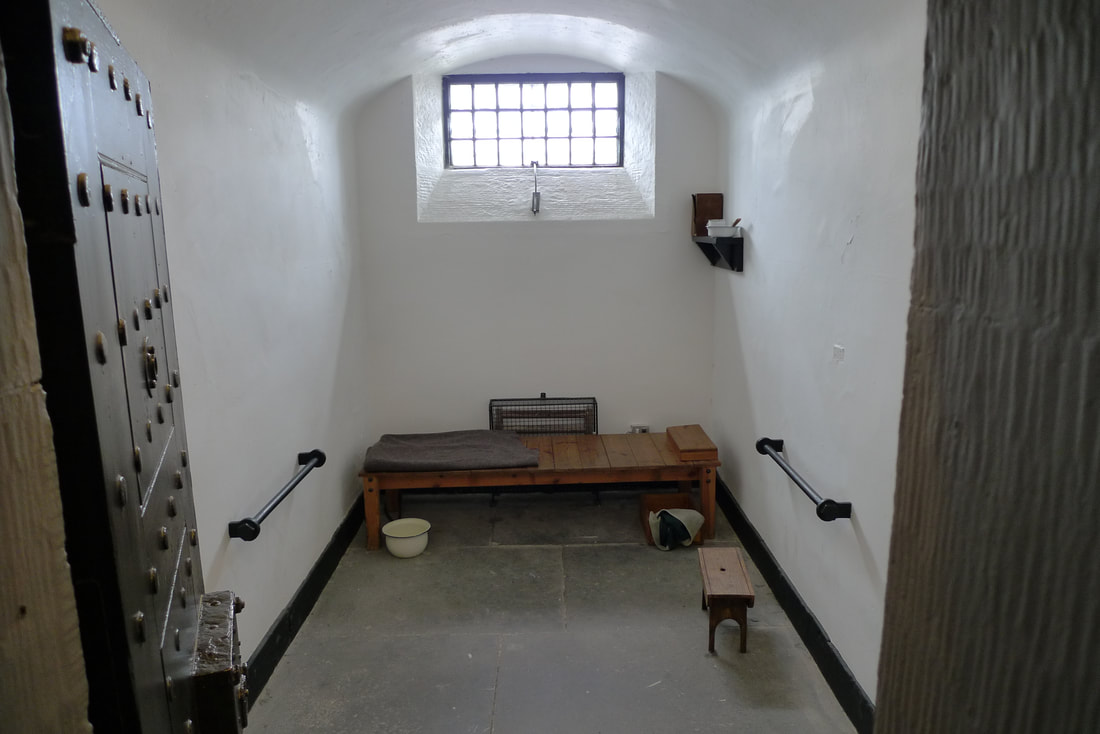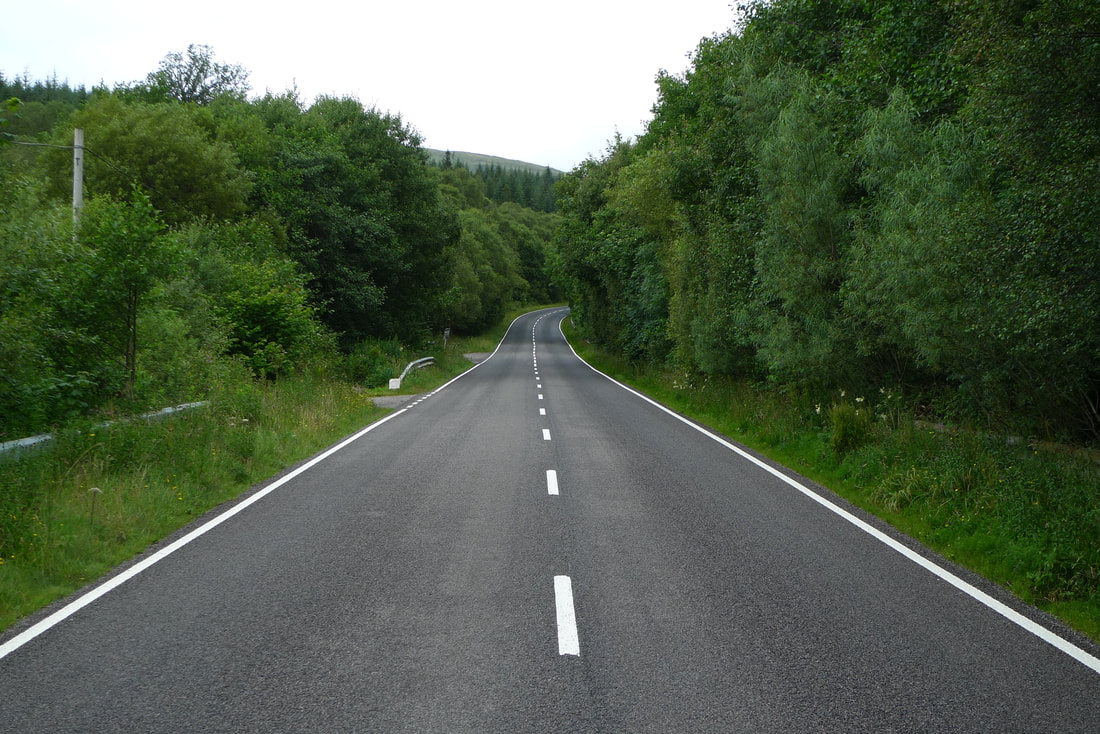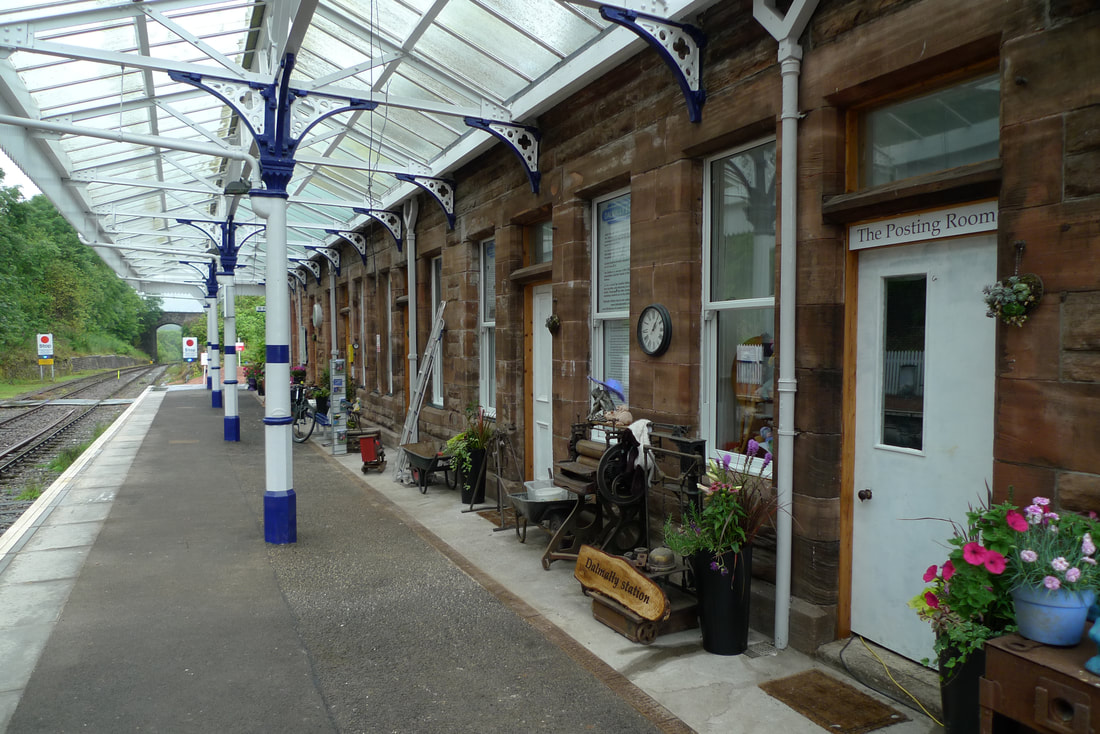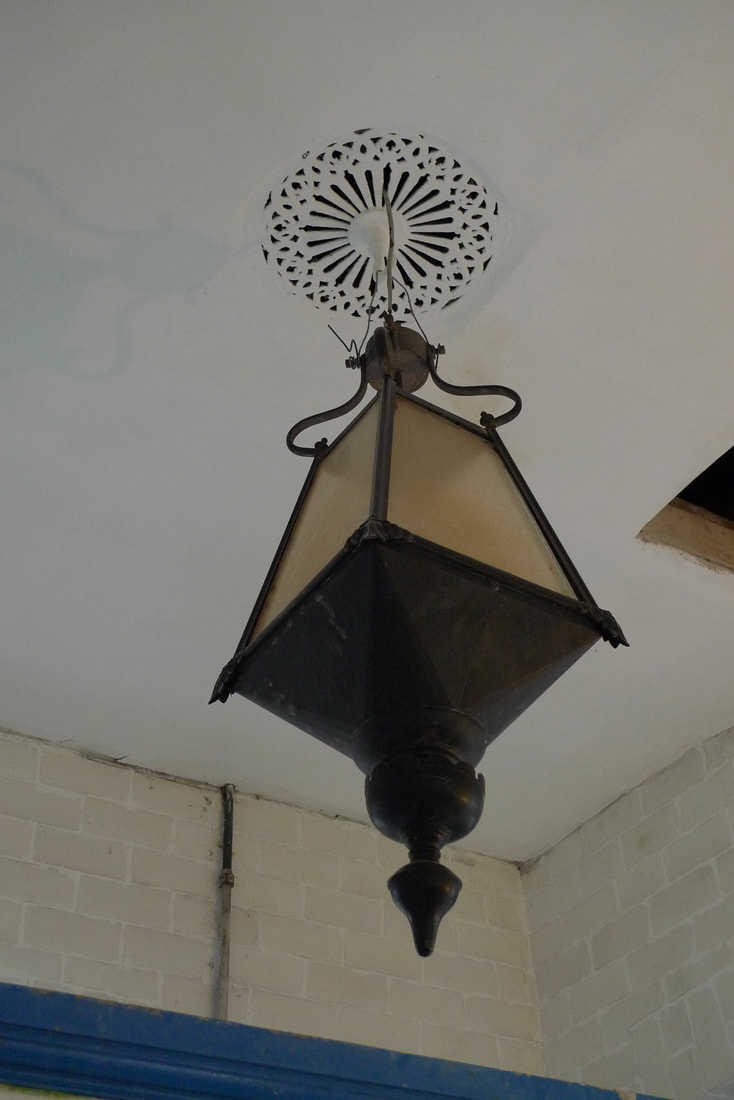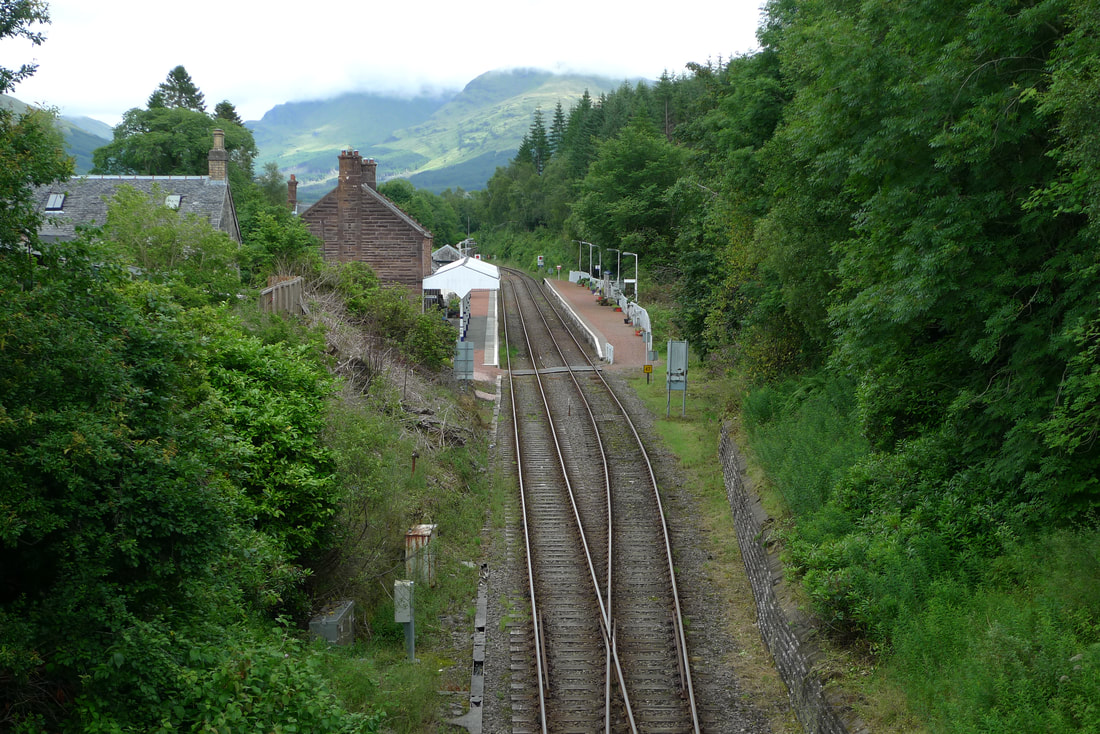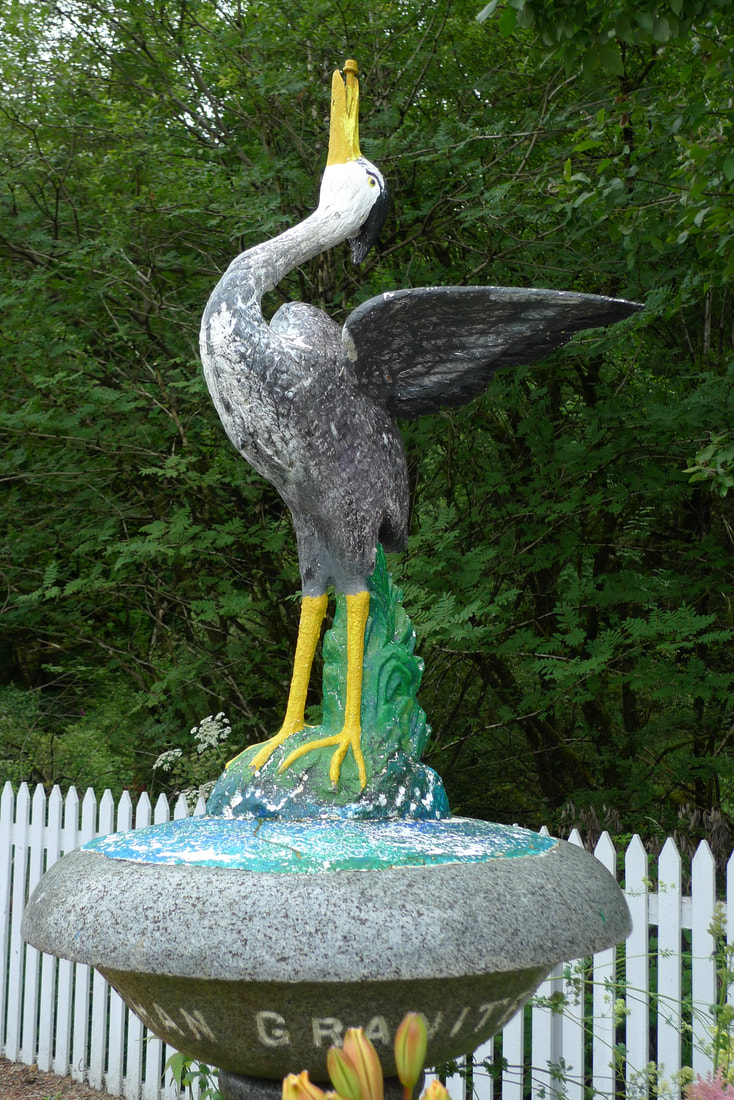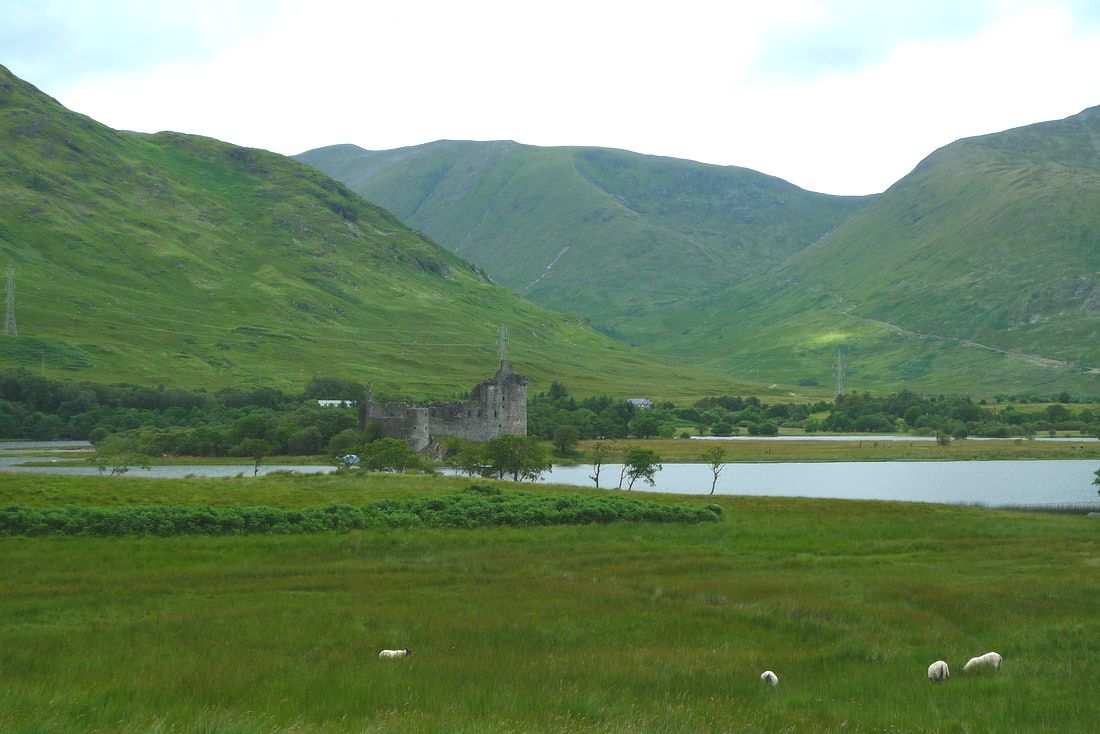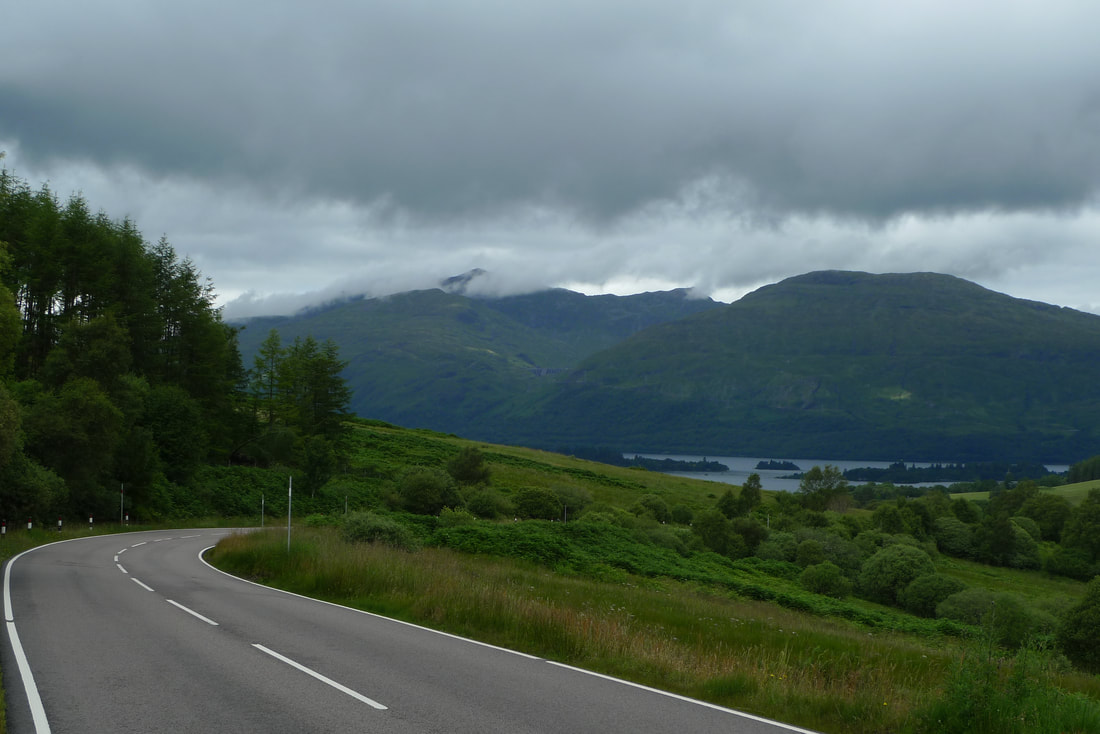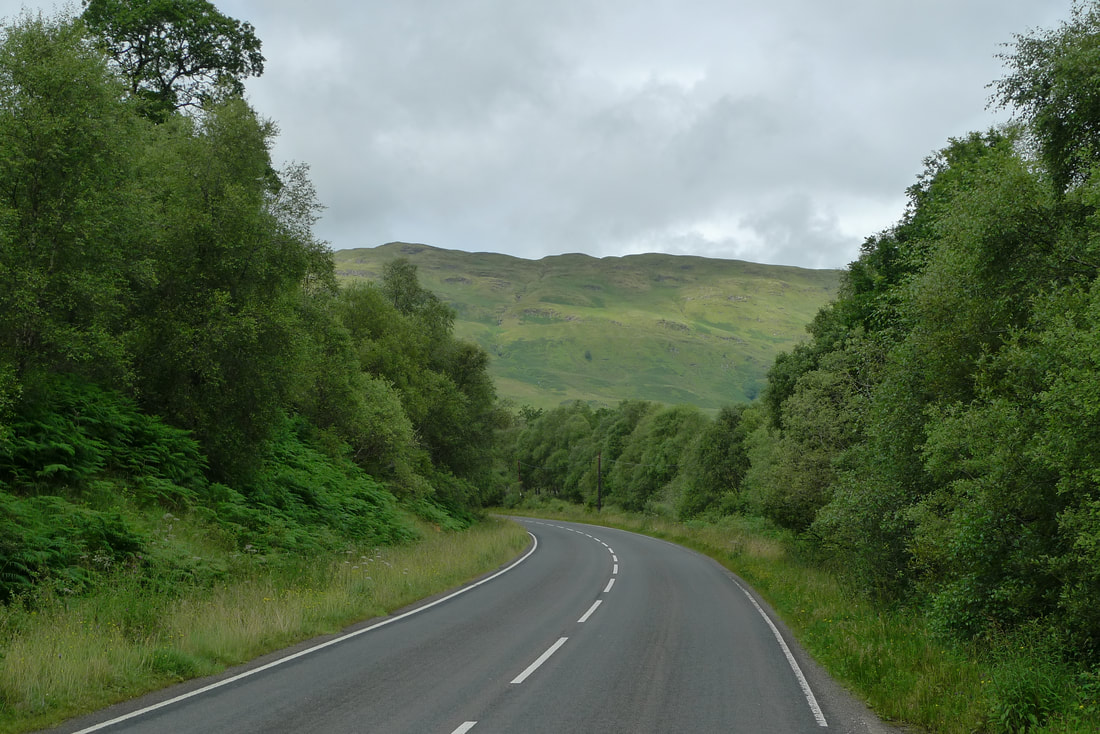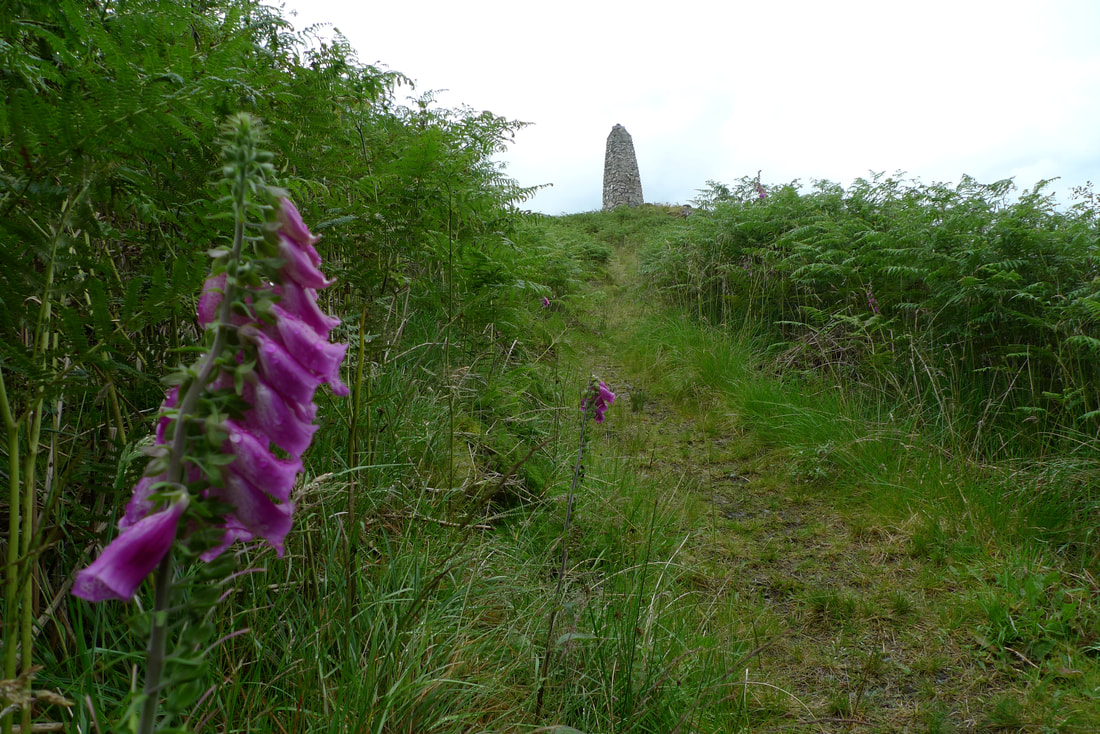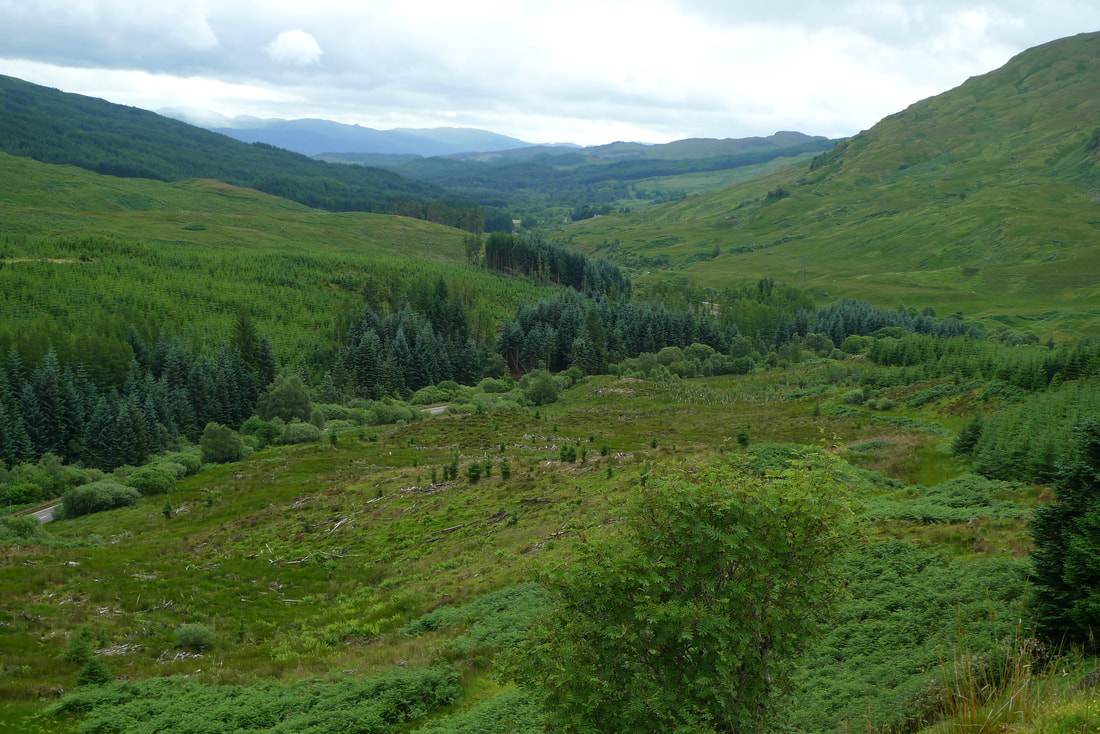|
Long-distance bike rides have been the chosen escape for me and my partner for the last 10 years. Cycling around lakes on the weekend we’ve been testing our endurance on longer trips on bike-packing expeditions. Our last journey took us through Scotland’s highlands and followed the North Coast 500 (NC500). Scotland is the only place in the UK where you can wild camp, allowing you to explore freely. Since we planned our route before leaving, we knew a lot of great locations to spend the night. Staying anywhere allowed us to choose whether we wanted to stop, continue or explore. Why we love the challengeChallenging the NC500 by bike-packing requires a lot of training and preparation. You’ll be cycling back-to-back, long-distance rides every day over formidable terrain. This can often be too much for people even without the additional gear. The NC500 is a road trip created by the North Highland Initiative in 2014. The traditional route covers 516 miles from Inverness Castle, then follows the coastline, finishing back where you started. Like most cyclists who attempt this route, we followed a different path. The A9 and A99 on the East Coast, are the most dangerous and disliked roads for cyclists. Fortunately, a cycling route is available through central Scotland. This provides a cyclist-friendly alternative. Finding this route was the start of our adventure. The joys of cyclingHow you tackle the NC500 is completely up to you. Wild camping is a lot of fun for some people, but the idea of resting on the floor after a long ride can put people off. Hotels, lodges and B&Bs are all alternative options available along the route. Remember the challenge and enjoyment of this trip come from the cycling and the scenery. No matter your accommodation if you cycle the NC500 you should be incredibly proud. We enjoy bike-packing as it allows us to see the scenic countryside without causing any harm. Cycling and camping both cause minimal environmental impact. Just remember to look out for litter and check where you’re pitching your tent. Cycling as a hobby has grown more popular in recent years. This is due to more people being concerned about their health and the environment. People's interest in the hobby has made longer trips more common, such as cycling holidays. The Unforgettable Scottish HighlandsApplecross Peninsula We chose to cycle the route clockwise as we knew the West coast was more challenging than the East. The major incline started on the second day as we took on the Applecross peninsular. The daunting Bealach na Ba Pass holds first place on our list of unforgettable moments. Scaling 626m over 11.4 miles, the climb pushes you and your bike to the limit. For touring bikes full of gear, some sections proved too challenging, and I’ll admit, we pushed for part of the climb. This didn’t diminish the pride we felt at the top nor the views the entire way up. Descending from the summit, we were greeted by the coastline in no time at all. Seeing the ocean and knowing we had completed one of the toughest climbs of the trip, made us feel on top of the world. We set up camp in high spirits and enjoyed the pub in Applecross that evening. Wild camping is quite common outside the town, and we met some great fellow cyclists when we set off in the morning. All the people we met on our trip were open and even offered great advice if they’d completed the tour before. Strathy Point Lighthouse Moving on to the north coast, we must share the stunning location of Strathy Point Lighthouse. A perfect spot to wild camp, the lighthouse is away from the main road and surrounded by flat ground to pitch tents. The surrounding cliffs and beaches are perfect for a rest stop for your aching bum and legs. We found an ideal spot overlooking the cliffs which, despite being windy, offered the respite we needed. An extended trip: John o’ Groats You may call us crazy for cycling the NC500 in the first place, but you’ll probably call us absolutely nuts for adding a whole extra day to our trip. Since we were up in the north, we wanted to see John o’ Groats and mainland UK’s most northern point. The cyclist version of the NC500 cuts inland after passing Melvich Beach and avoids the Northeast of the country. We decided that since we were in the very north, we should reach the most northern place we could. Our detour to John o’ Groats took us to Dunnet head and let us boast about being as far north as we could (without swimming). From there, we ventured along single-track lanes past the Castle of Mey and Scotland's Haven. These stunning attractions offered great stops along the journey. For me, the constant ocean views while cycling were my favourite part of the north coast. We reached John o’ Groats around mid-day and got to explore the hidden wonder at the end of the UK and enjoy a great lunch. Are you up for the journey? There's plenty more wonders to see along the North Coast 500, we’re happy to have shared our favourites. Would we recommend completing the route to others? 100%, but fair warning… It hurts. When it rains, it’s cold and hurts and when the 5th hill of the day hits, you’re grumpy while it hurts. To anyone planning to cycle the NC500, our best advice is to practice before attempting and read up on the gear and traffic. Practice cycling with gear and cycling in the rain. Follow routes that involve lots of hills and test your endurance for long rides day after day. I okay to have a support car, at the end of the day this is for fun not competition. We hope you’re feeling inspired to see the sights yourself, and that we didn’t spoil too much. After all, coming across a stunning bridge over a loch unexpectedly, is more memorable than finding one you’re already looking out for.
0 Comments
Amid the hustle of our daily lives, carving out moments for tranquility and balance has never been more vital. Battling the everyday grind, we've got to carve out time for stuff that boosts our health from head to toe. Pedaling your way through challenges, cycling stands out as not only a physical powerhouse but also a clear-headed ally in warding off depression.
A Journey to Wellness: Cycling's Therapeutic Impact Hopping on a bike does more than build muscles; it's like hitting a reset button for your mind, especially when you're wrestling with depression. The act of cycling—feeling the rhythm of pedaling, the breeze against your face, and witnessing the ever-changing landscape—creates a meditative state, allowing you to stay present and escape the cycle of negative thoughts. Stress Reduction on Two Wheels The demands of modern life often lead to high cortisol levels, which are linked to stress and depression. Hopping on your bike often can keep those stress hormones in check, which is key for keeping a clear head and staying chipper. Maintaining this hormonal equilibrium is key; it steers you clear of sinking into depression's tough grip. Cycling's Natural Mood Boost Engaging in cycling triggers the release of endorphins, your body’s natural mood elevators. These mood-boosting endorphins work much like certain meds do, helping to lift your spirits without the side effects. Building Confidence, One Pedal at a Time Depression can severely affect self-esteem, but cycling offers a path to rebuild it. Hitting a new cycling record or just feeling stronger can be a real boost to your confidence. The positive changes in body image from regular cycling also contribute to a healthier self-view and mental state. The Power of Community Hopping into cycling groups or community rides can significantly slash those feelings of loneliness and offer a solid support system, which is super important when you're tackling depression. Nurturing Resilience Through Routine When you start to weave biking into your regular routine, it becomes a trusty ally in the fight against gloom, anchoring your well-being with its consistent presence. Reconnecting with Nature Hopping on a bike offers a sweet escape into nature, something city life often ditches but is key for keeping our minds in check. Breathing in the crisp air and basking in natural sunlight while pedaling through lush scenery can significantly lift your spirits. Cognitive Clarity and Creativity Pedaling your way through a bike ride can clear the fog in your mind and light up new, creative ideas. Riding your bike doesn't just sculpt your legs—it sweeps out the mental clutter, igniting a flurry of fresh ideas and keen understandings. The Ripple Effect of Positive Habits Adopting cycling as a regular activity often leads to the formation of other positive habits. Getting into the groove with your bike rides can spark a whole transformation—suddenly, you're munching on greens, catching solid Z's, and nailing your daily planner. These gradual shifts shape a tougher, wiser you, ready to tackle depression's hurdles with an all-around stronger stance. Cycling as a Pathway to Rehabilitation When we look at how cycling boosts our mental state, it's clear that its perks go way beyond the person. Cycling in prisons not only sharpens mental agility but also lays a foundation for inmates to rebuild and integrate into the community post-release. Inside the walls of prisons, bike-riding initiatives are really stepping up as clever ways to boost mental wellness and get inmates into better shape while also giving them a positive way to spend their time. Bike programs in prisons demonstrate a powerful commitment to giving inmates a fresh outlook on life, showing that cycling can lead to profound transformations. Knowing when a prisoner will walk free is key for those caught up in the justice system—it's all about being there for them and getting ready for their fresh start on the outside. When you're tangled up in the prison system's web, getting a clear picture of your loved one's road to freedom matters. If you're in a bind with the prison maze, something like Lookup Inmate can be a real game-changer for people searching for that info. Navigating the twists and turns of the prison system, especially when it comes to keeping tabs on someone's journey through it, can be less daunting with a handy inmate search tool at your disposal. These platforms do more than track how well people are recovering; they also throw a spotlight on the crucial role that community backing plays in helping individuals seamlessly reintegrate into everyday life. Shining a light on these bike programs and access to inmate details, we get why they're key—from boosting one's mental well-being to aiding society by helping folks rebuild their lives. Conclusion: The Transformative Journey of Cycling Cycling transcends physical fitness; it's a communal balm that forges bonds and nurtures recovery through the power of collective rides. Riding a bike does a whole lot more than just ramp up your fitness; it weaves us into one fabric, lifts our spirits when the going gets rough, and carves out this space where you're part of something bigger. The rhythmic motion of pedalling offers a meditative escape, endorphins released during the ride elevate mood, and the social interactions within the cycling community combat loneliness, together weaving a tapestry of therapeutic influences. Cycling does more than rev up our health; it infuses hope into those piecing their lives back together, highlighting the power of a strong community in sparking fresh starts. When we, both as unique persons and collectively, recognize and champion these programs, we carve out a path to environments that embrace diversity and promote recovery. Cycling emerges as a beacon of hope, tackling not only the inner struggles like depression but also healing the rifts within our communities. Every time we hop on our bikes and hit the road, let's remember: cycling does wonders for more than just our fitness—it's actually knitting a tougher, well-being-infused community right where we live. Throttle e-bikes give riders more control over the motor, allowing them to easily set the bike’s speed. This feature makes them suitable for a broader range of cyclists because you can determine exactly how much assistance you want from the motor. Full-throttle is impressive since it can carry you up hills or even the last stretch of your adventure before you get home. So, if you’re ready to explore the world of throttle e-bikes, keep reading! There’s a lot to discover. Let’s jump in. What Makes E-Bikes Stand Out?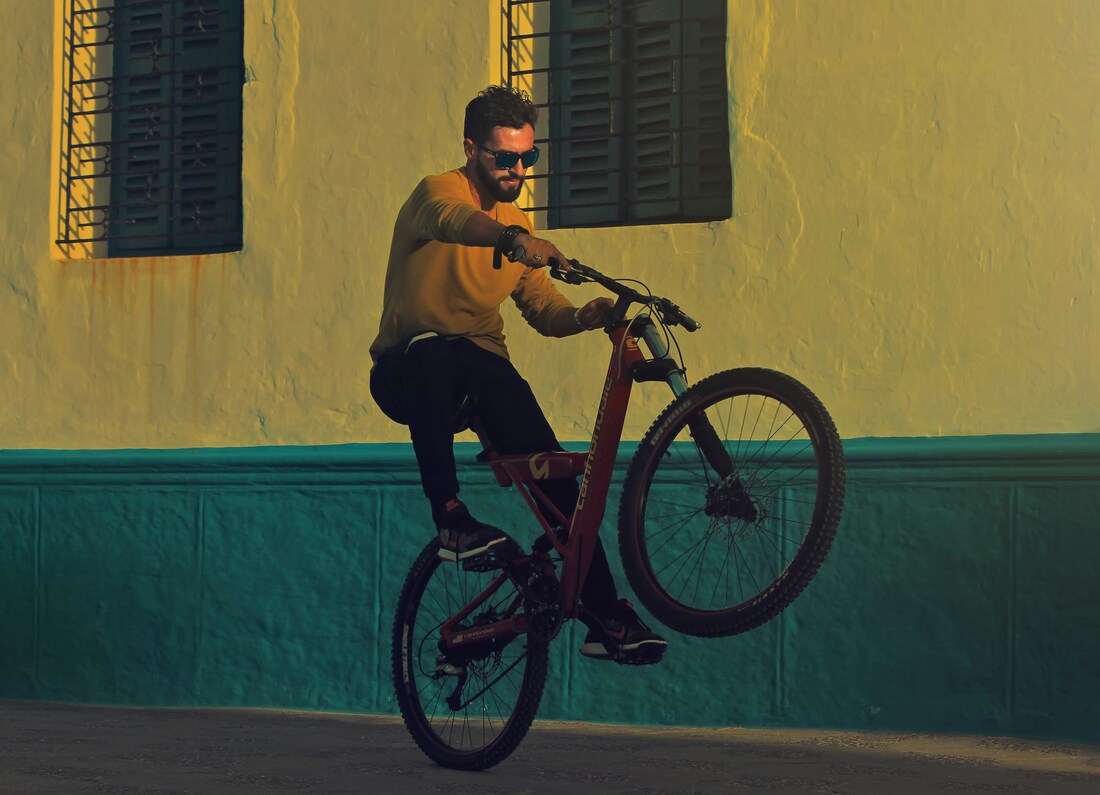 Photo by Mohamed Nohassi on Unsplash E-bikes stand out in the bicycle market because they use a throttle system. This system includes a motor that allows the riders to change how much assistance they receive from the bike, even if they’re not pedaling. E-bikes with throttle don’t require pedaling to move, making them better for more people. You can use them to climb steep inclines, commute without wearing out, and travel with mobility issues. They’re also very versatile. You can pedal, use only the throttle, or combine both to tailor your ride to your fitness level. All of these features make them stand out among other models. E-Bikes are Simple To RideE-bikes also stand out because they’re simple to ride. They’re easy to learn because they’re only standard bikes with a motor control. Once you understand how to use the throttle, you’re good to go! The controls are straightforward. It’s usually a throttle control on the right handlebar that you turn or control with your thumb to switch the motor level. It’s great for anyone looking for a new, simple biking experience. Plus, the controls are accessible to many people. Seniors and those with mobility issues can get a lot of use out of the throttle with limited effort. The e-bike can get up to speed from a stop, making it great for those who have trouble pedaling. E-Bikes are a Lot of FunE-bikes are also a ton of fun to ride. You can get them moving fast on full-throttle. That way, you can get where you need to go without worry. Plus, it’s fun moving fast on a bike. If you enjoy riding a bike, you’re going to love e-bikes. You can still get a great workout in, but there’s more adventure to experience. You won’t have to return home as quickly since you don’t need to put as much effort into pedaling. Lastly, these full-throttle bikes are the best for leisure rides. Many models come with cruise control, so you can focus on enjoying your surroundings once you’re up to speed. You won’t need to pedal and can relax and check out your cycling route. E-Bikes are Great for Short TripsE-bikes are perfect for short trips. The throttle can help you run errands since it makes pedaling more comfortable even when carrying a load of groceries on the back of the bike. They’ll get you anywhere close by quickly, too. Many e-bikes have a high weight capacity. That way, you can carry more stuff with you. You’ll want to review the weight limits of bikes before buying to ensure you’re getting one that can easily carry you and your belongings. So, if you take your car on many short trips, switch to the e-bike. You’ll have more fun on your commutes and spend time in the sun. You Sweat LessIs the only reason you don’t take your bike to work because you’re worried about sweating? You won’t sweat nearly as much on a throttle e-bike because they don’t require you to pedal. You’re doing less physical work, but you won’t need to worry about bringing along changes of clothes. You won’t have to deal with feeling sweaty at work. This benefit makes throttle e-bikes extremely worth it to people. Throttle E-Bikes are Sustainable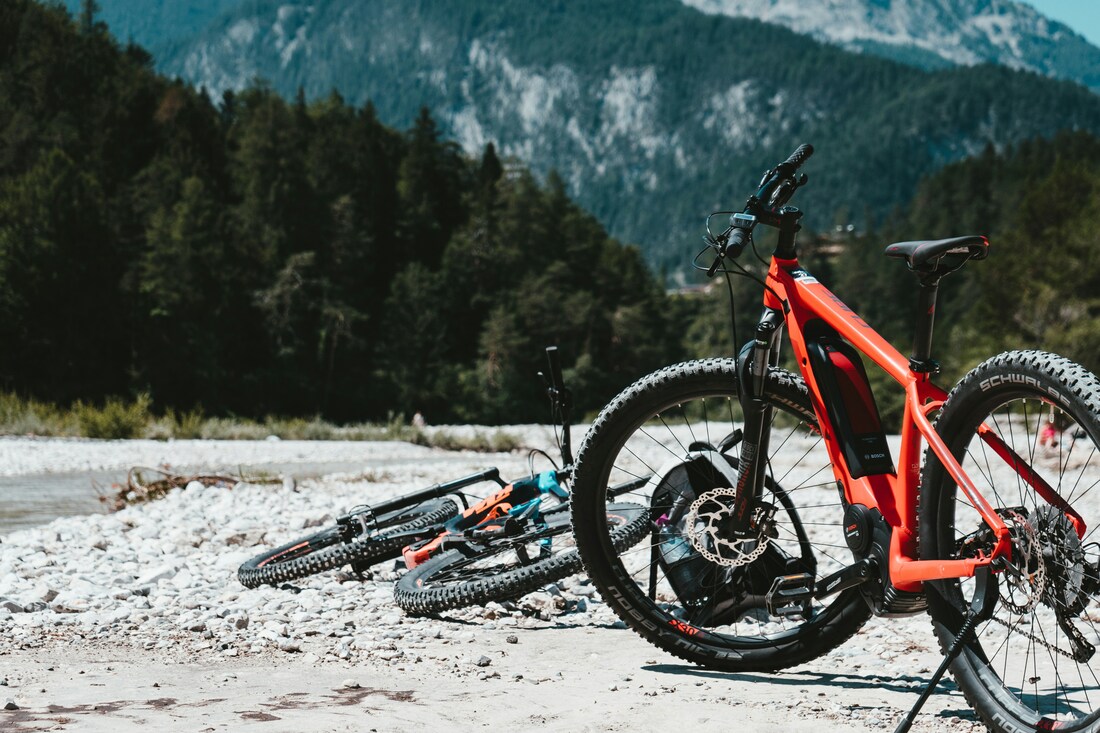 Photo by Julian Hochgesang on Unsplash Next, e-bikes are very sustainable, especially compared to other transportation types. They don’t produce carbon emissions, so you’re helping to reduce the carbon footprint when you ride an e-bike instead of a car. That’s even if you use full throttle the entire time, every time that you ride the bike. Using your car less is sure to benefit the environment. So, many cyclists feel great making the switch. Throttle E-Bikes Come With Smart FeaturesMany modern e-bikes come with smart features, like apps or GPS maps. You can also connect to them with a Bluetooth-compatible device. You can use these features to track your progress as you ride and customize the experience. Throttle E-Bikes Can Use Regenerative BrakingE-bikes can use regenerative braking. This system is extremely helpful in making your battery last as long as possible. It reverses the motor when you brake, returning some power to the battery. In other words, it turns your motor into a generator. Regenerative braking also offers more sustainability because you won’t need to charge the battery as often. If you plan on taking many long trips on your e-bikes or need to brake on long hills, consider regenerative braking. This feature is valuable to have in these situations. Throttle E-Bikes Provide Passenger TransportYou can bring another passenger with you on an e-bike. The additional throttle support allows you to effortlessly travel even with the weight of another person. Many people use it to give their kids a ride. You could also use it to bring a co-worker to work or take your friend to run errands. These types of throttle bikes often come with a seat on the back, so your passenger will be more comfortable. E-Bikes are Easy To ShareFinally, throttle e-bikes are easy to share among your loved ones. No matter their fitness level, everyone can easily ride an e-bike by changing the throttle settings. If you want to share your e-bike with others in your home, one with throttle options would be the best choice. Power at Your Fingertips With E-Bikes Photo by Himiway Bikes on Unsplash To summarize, there is a lot to learn about the world of throttle e-bikes. You’ll get plenty of benefits from one, so consider making the switch today!
The appeal of long cycling tours lies in their ability to transform an ordinary ride into an extraordinary adventure. For beginners and cycling enthusiasts alike, these journeys offer more than just physical exercise; they are a gateway to exploring new landscapes, experiencing a sense of freedom, and achieving personal growth. As you contemplate your first long cycling tour, remember it's about the journey as much as the destination. Choosing Your Tour: Matching Ambition With AbilitySelecting a suitable tour requires careful consideration of your current cycling proficiency and endurance levels. Research various routes, considering factors like distance, terrain, and altitude. It’s wise to start with a manageable distance that aligns with your current ability, allowing room for growth. Consult more experienced cyclists or join local cycling groups for insights into choosing the right tour. Remember, the goal is to challenge yourself, but not to the point of being overwhelmed. Essential Training: Building Endurance And SkillTraining is key to enjoying a successful long cycling tour. Focus on gradually building your endurance; this could involve longer rides each week or incorporating interval training into your routine. Improve your cycling technique, such as mastering gear changes and riding efficiently. Consistency is crucial - regular rides will build your stamina and prepare your body for the demands of a long tour. The Right Gear: Essentials For A Smooth JourneyThe right gear is crucial for a comfortable and safe cycling experience. Your bike should be reliable and suitable for the type of tour you’re undertaking. Comfortable clothing specifically designed for long rides will make a significant difference in your overall comfort. Don’t forget safety gear, including a helmet, lights, and a basic repair kit. Plan your gear according to the tour’s duration and the expected weather conditions, ensuring you’re prepared for any scenario. Sports Massage: Enhancing Performance and RecoverySports massages can significantly enhance your cycling performance and aid in post-tour recovery. Before your tour, a sports massage can help prepare your muscles, increasing flexibility and reducing the risk of injury. After the tour, another massage can aid muscle recovery, alleviating soreness, and stiffness. If you need help choosing where to go, Seventy9 Sports Therapy, located in Guildford, offers sports massages that can be great before and after a long cycling tour. Regular massages throughout your training can also be beneficial, helping to improve blood circulation and reduce recovery time between training sessions. Safety First: Precautions And Emergency PreparednessSafety should always be your top priority. Ensure your route is well-planned, familiarise yourself with it beforehand, and inform someone about your itinerary. Keep a close eye on weather forecasts and be prepared to adjust your plans if necessary. Always carry a first-aid kit and know the basics of treating common injuries. A fully charged phone, possibly with a portable charger, is essential for emergencies. Final Preparations: Checklist Before You Set OffFinalise your preparations by revisiting each aspect of your tour. Check your gear, confirm your route, and review your training progress. Ensure you pack all necessary items, including nutrition, hydration, safety equipment, and tools. A thorough check reduces the risk of unexpected issues, allowing you to focus on enjoying the journey. Embracing The Journey AheadAs you prepare for your long cycling tour, embrace the anticipation and excitement. This journey is more than just a physical challenge; it’s an opportunity to explore, learn, and grow. With the right preparation, a spirit of adventure, and a willingness to overcome challenges, your cycling tour is bound to be an unforgettable experience.
Speed - it’s what every cyclist wants, but feverishly hammering it in every workout is a dead-end approach that often leads to burnout and slow progress. It may seem counterintuitive, but the secret to improving as a cyclist actually lies in slowing down – a lot! Welcome to the world of Zone 2 training, the maximum efficiency heart-rate range that builds your fat-burning capabilities, lets you ride all day, every day, and transforms you into a lean, mean, cycling machine.
What is Zone 2 Riding? Zone 2 riding is defined as regular bike riding at 60-75% of your maximum heart rate. In this zone, which is situated just below your lactate threshold, your body primarily uses fat for fuel (70% fat, 30% carbohydrate) and can clear lactate faster than it produces. This contrasts with the higher intensity efforts of Zones 3+ where glycogen breakdown and lactate buildup are accelerated, often leading to the dreaded ‘bonk’ if your food intake isn’t adequately managed. Continuously training in Zone 2 actually gets you used to burning more fat and then gives you a gradual increase of your fat-burning riding speed to boot. Riding in Zone 2 feels easy – often too easy for many athletes who are used to chasing PRs and ‘smashing it’ on every ride, so they find it hard to fully grasp the benefits of it. The key is keeping your heart rate consistently in that 60-75% range and resisting the urge to push beyond it. Over time, your speed at Zone 2 will improve as fat adaptation occurs. Weight Loss Support If losing weight is one of your cycling goals and you’re getting excited at seeing all this talk of fat burning, then Zone 2 is your new best friend! By riding at an intensity that prefers body fat over limited glycogen stores for fuel, long Zone 2 days teach your body to become excellent at burning fat. A 150-pound cyclist can burn upwards of 65+ grams per hour at a sustained pace just below their lactate threshold. Regular Zone 2 rides further maximize the body’s capacity to use fat for energy so as your proficiency in burning fat improves, your reliance on carbohydrates decreases saving your glycogen for the harder efforts. More Time in the Saddle Zone 2’s pleasurable mild effort level is the key to promoting high training volume without overtaxing the body. Easy-to-recover-from rides allow you to safely increase weekly mileage – a key stimulus for fitness gains. Low intensity also prevents the muscle damage associated with glycogen depletion, enabling more frequent training. With Zone 2 rides, 4-5 ride days per week or more is entirely doable, with the aerobic adaptations stimulated by all that time in the saddle paying noticeable dividends in improved speed, endurance, and lactate processing capabilities over time. Heart Health and Longevity Studies show Zone 2 cardio activity reduces blood pressure, decreases resting heart rate, increases stroke volume and cardiac output, and protects the heart muscle itself through coronary artery dilation. The easy pace makes Zone 2 cycling highly accessible exercise for a wide range of ages and fitness levels. Even elite cyclists reap cardiovascular rewards from building their aerobic base through Zone 2 work. And notably, research links moderate intensity (not vigorous) exercise with longevity and protection against chronic illnesses. A Stress Reliever The mellow, fatty-acid-fueled efforts of Zone 2 provide mood-boosting benefits as well. The steady pace and physiological balance make Zone 2 a meditative, stress-relieving ride compared to intense interval sessions. Brain-derived neurotrophic factor (BDNF) released during aerobic activity may play a role here in regulating brain health and staving off anxiety. The intrinsic enjoyment and satisfaction cyclists experience from Zone 2’s high mileage rides shouldn’t be underestimated either, and if you’re riding in a group, the ability to maintain a pleasant conversation also brings social benefits to rides. Putting Zone 2 to Use Clearly, Zone 2 offers tremendous fitness-boosting potential without undue strain on the body. If you’re interested in utilising it, here’s how to incorporate it into your training: Find Your Zone: Calculate your max heart rate (220-age) then determine your Zone 2 range (60-75% maxHR). Use a heart rate monitor to objectively guide effort. Check it with the talk test- if you’re unable to speak in full sentences to someone next to you then it means your intensity is too high. Tracking Ride Heart Rate: You can either use a wrist-worn heart rate monitor that allows you to set alarms for different upper and lower heart rate limits, or a chest strap heart rate monitor that links to a handlebar-mounted cycle computer with a clear display that you can easily monitor. As you progress you’ll start to instinctively know your heart rate when riding, something the pros call ‘riding on feel’. Planning: Plan your rides to ramp up to 60-80% of weekly training time to be spent in Zone 2 depending on your cycling discipline. Your sustainability will improve at the higher ranges. Gearing: A Low Gear is Your Friend! As you ride you’ll find that Zone 2 is best achieved using low gears to enable a higher cadence, minimise fatigue, and avoid surging above heart rate zones. Smooth spinning recruits more slow twitch fibres. Route Choice: You’ll find it easier to stay within your Zone 2 heart rate zones if your route is flat. Going up hills is liable to tip you past your 75% maxHR limit, and get you burning glycogen. If you exceed Zone 2 it can take up to 30 minutes until your body returns to Zone 2 , and I’ll effect your recovery for rides on the following days. If you live in a hilly area, consider getting a general-purpose e-bike, to ensure you stay in Zone 2. It may sound like cheating, but it’s actually a very effective way to keep within exact heart rate parameters, and even a basic e-bike can be an excellent training tool. Adaptation Takes Time: Stay patient in the process of building your aerobic base via Zone 2. Your speed improvements will take a few months to manifest, so remember… consistency is key! Integrate Other Workouts: Balance Zone 2 rides with HIIT, race pace efforts, sprint and hill intervals that target different energy pathways, on other days. Just limit their use to avoid overtraining - as a general rule of thumb, spend 90% of your time doing Zone 2, and 10% on speedwork when you have an established Zone 2 base. The best cyclists understand that faster racing speeds rely first on establishing an expansive aerobic engine and fat-burning capabilities. Dedicating consistent training time to Zone 2 preparation sets you up optimally to reap all the performance, weight loss and longevity benefits that cycling offers. By slowing down now, your speed potential expands greatly. This is a gorgeous item of clothing. Vulpine's Regents Mac feels and looks like a coat from a high end fashion retailer. If you are cycling somewhere and need to look smart, but also need rain and wind protection then this coat is for you. Not only does it look stylish it also performs well when riding. Stylish clothing for cyclingVulpine specialises in clothing for urban cyclists. It's when you want clothing to look like normal clothing and also perform well when riding a bike. The type of thing you would wear to go to work or meet friends. You don't want to look like you are covered in high-viz and lycra. There's no doubt that the Regents Mac wins hands down for achieving a classic, tailored look. I would go so far to say it is beautiful and that's not a word I've ever used when it comes to cycling clothing. The coat has a zip and buttons, you can use either or both. It gives you options for different looks. The coat just feels great, however you wear it. The fit is perfect. The material feels high quality. I was even happy to wear this coat on days when I left the bike at home. If I just wanted a smart look for a showery day I would often grab the Regents Mac. And on the days when I did use the bike I felt really stylish compared to my usual cycling rain jacket. I don't think there is a better looking cycling coat than this one. Plenty of pocketsOne of the best features about the coat is the number of pockets. There's an inside pocket with a zip. It's handy for things like keys, coins and bank cards. There are 3 external pockets, held in place by a magnet. That makes them easier to access than a button or zip, useful if you are wearing cycling gloves and need to get something. The two pockets at the side are good for your hands when you are walking around and the rear one has a good amount of space. Brilliant performanceThe coat fitted me so well that I wondered if it would be too restrictive when riding my bike. I had nothing to worry about. Vulpine really nailed it with designing a coat that has a tailored look and yet accommodates the freedom of movement you need when cycling. When it comes to wet weather the Regents Mac kept me dry. I tested it in both light rain and a heavier shower for 2 to 3 miles and it did a great job. I loved having this coat in my hallway. It was great to have the option of grabbing something that would make me look smart at the same time as protecting me from the rain. Reflective stripsThe coat features reflective strips, to help with your visibility at night. The strips are subtle, so they do not give the game away that this is a coat for cyclists or ruin the look. For example, one of the strips is hidden under the collar. If you are cycling at night all you have to do is flip up the collar to expose the reflective strip. It's a great design. SummaryVulpine have done an amazing job with this coat. To an untrained eye this looks like a very stylish Mac and most definitely not a 'cycling jacket.' It works really well as an item of urban cycling clothing, offering both rain protection and freedom of movement. You can find it on Vulpine's website. More Vulpine reviewsCycling for me is more than a physical activity; it's a sensory journey that engages me with the sights, sounds, and feel of the ride. Amidst the rhythmic whir of the wheels and the invigorating rush of wind, eyewear emerges as a vital yet often underestimated companion. It enhances not only my safety but also adds an extra layer of joy to every ride. Join me as I guide you through how the clarity of vision transforms a routine ride into a thrilling adventure. Key Role of Eyewear Enhancing Safety and Enjoyment Through Eyewear Imagine gliding down a meandering trail, the breeze gently tousling your hair, and your vision perfectly clear. Now, envision the opposite – impaired visibility caused by sunlight, dust, or the unexpected challenges nature throws your way. It's in these moments that the right eyewear becomes your ally, transforming an ordinary ride into an exhilarating journey. Oakley's Long-Term Reputation Oakley as the Preferred Brand for Cyclists As a passionate cyclist, my go-to companion is Oakley. It's not just about looking good; it's about the quality, durability, and innovation that Oakley brings to the table. It's the brand I trust for style without compromising on performance. Establishing Trust Through a Legacy of Excellence and Ingenuity The trust cyclists invest in Oakley is anything but arbitrary; it's the culmination of years of unwavering commitment to quality and a dedication to pushing the boundaries of innovation. Oakley has consistently refined its designs and technologies, ensuring that cyclists receive eyewear that not only complements their style but also withstands the rigors of their dynamic sport. Top 5 Oakley Sunglasses for Cycling Oakley has a lineup tailored for cyclists like me – blending style seamlessly with functionality. Let's dive into some of my personal favorites, embraced by cycling enthusiasts worldwide. Oakley Jawbreaker Whether hitting the trails or the asphalt, the oversized shield design of Oakley Jawbreaker can provide maximum coverage, shielding your eyes from wind and debris. The Switchlock technology makes lens changes a breeze, adapting to different lighting conditions. Oakley Radar EV Path Known for their wraparound design ensuring a wide field of vision, Radar EV Path sunglasses feature Oakley's Prizm lens technology, enhancing road texture and color for better visibility. The lightweight frame and no-slip Unobtainium ear socks make them comfortable for extended rides. Oakley Flak 2.0 XL For my varied cycling escapades, the semi-rimless design of Oakley Flak 2.0 XL provides an unobstructed view. The O-Matter frame guarantees durability and lightweight comfort, while Prizm lenses add a pop of color and contrast to diverse cycling conditions. Oakley Sutro The distinctive shield design of Oakley Sutro not only offers excellent eye protection but also optimizes airflow, reducing the risk of fogging. With Prizm lens technology enhancing detail, it's my go-to choice for changing light conditions. Oakley Flight Jacket Designed for demanding cyclists, Oakley Flight Jacket sunglasses feature a unique Advancer nose bridge to increase airflow and combat fogging. Equipped with Prizm lenses, they ensure clarity on the road during peak performance. Enhancing Oakley Cycling Sunglasses While Oakley sunglasses boast durability, wear and tear, especially for avid cyclists, is unavoidable. While maintenance practices like cleaning the lenses with warm water, storing your sunglasses in protective cases, and conducting regular inspections do help extend the life of your sunglasses. However, it is important to realize that sunglasses are consumable items and will inevitably experience wear out. Despite our efforts to care for our lenses, the reality is that they naturally degrade over time. Faced with this inevitable, my strategy for extending the life of my favorite sunglasses is to use the replacement lenses when necessary. The Compatibility and Quality of Oakley Replacement Lenses The key strength of Oakley replacement lenses, especially those offered by MRY, lies in their seamless compatibility with a range of Oakley sunglass models. This ensures that cyclists can effortlessly discover fitting replacement lenses for their specific frames. Furthermore, with my excellent vision, I consistently suffer from headaches when using sunglasses equipped with subpar lenses. Fortunately, this concern is non-existent with MRY, as they excel in the realm of lens technology. All lenses provide 100% UV protection and adhere to ANSI Z87.1 impact protection standards. Optimal Economics and Eco-Friendly Alternatives
Opting for Oakley replacement lenses not only saves money but also promotes environmental sustainability. Priced at less than one-third of the original, this economical choice enables me to enjoy the benefits of new lenses without the need for a new pair of sunglasses. It's a cost-effective and eco-friendly way to align with my commitment to reduce environmental impact by minimizing waste. Sustainable Preservation of Preferred Frames The cycle is familiar: you purchase a pair, wear them for a while, they break or get lost, and then you spend another $200 on a new pair. This becomes a recurring loop. Enter replacement lenses as my practical and sustainable solution. Now, I can retain my favorite frames for various activities without compromise. Conclusion As an avid cyclist, the clarity of vision is non-negotiable for a safer and more enjoyable ride. Opting for replacement lenses has extended the lifespan of my favorite frames, ensuring an uninterrupted focus on the road ahead. Now, with high-quality lenses, it's time to get outside. See you on the trail! Kildonan Station. Come here for peace, beauty and fantastic cycling or just sit for a while18/11/2023
If you need an escape from city life there is a place that is just the ticket. Kildonan is the third least used station in Scotland. This means that you are highly likely to be the only person to get off the train and there is nothing quite like the feeling of having a remote station all to yourself. Give it a try and you will experience a sense of calm mixed with adventure.
A long way
It takes around 7 to 8 hours to travel from Edinburgh to Kildonan, but you will be on some of the most scenic rail lines in the country. Going north for a large amount of time will make you feel like an explorer and just think how many of your fellow passengers will be making as exciting a journey as you? You have to ask for the train to stop at Kildonan Kildonan is a request stop meaning that the train will only stop if a passenger tells the conductor that they wish to get off. Request stops are marked on timetables with an 'x' next to the departure time.
When the conductor comes around to check tickets they will look out for passengers travelling to request stops and take a note to stop the train.
A breathtaking arrival The train follows the North Sea coast where there is a good chance of spotting seals on the beach. After Helmsdale the track heads inland and the final approach to Kildonan curves alongside the River Helmsdale with a backdrop of hills and forest.
Station tour
Let me take you on a tour of the station. It will not take long because there is very little here. And this is precisely what the attraction is. There are no shops, cafes, and loudspeaker announcements. The only sounds are birdsong and the River Helmsdale passing beneath the nearby stone bridge.
The station opened in 1874 and you get the feeling that very little has changed between then and now. The river makes the same sound, it passes the same rocks and the same types of birds are tweeting. I have been to this station twice with a three year gap between visits, but the second time felt like I had just been there yesterday, not years ago.
There is no station building at this location. There is a modern glass shelter, somewhat like a bus shelter. There is a litter bin, timetables and cycle racks.
The disused platform has a wooden shelter on it and this has been left to ruin, which is a shame as it is the only piece of distinctive heritage architecture at Kildonan. The last time I peaked through the window of this shelter I was delighted to find a wood burning stove that looked in good condition. The road to the station
The station is a half-mile detour off the A897. When you think of roads that go to train stations you probably picture traffic and lots of lanes. This is the complete opposite and if you travel down this road it is hard to believe that it will take you to a railway station. This video captures that feeling.
Why come here?
Kildonan station provides access to miles of single-track roads that are superb for cycling. You can read my travel feature about cycling in this area to find out more.
You don't have to bring your bike here. You can simply take a seat and enjoy a few hours of peace and quiet until the next train comes. Whatever you do at Kildonan you will not regret your decision to come here. Read more about Scotland's train stations Scotland is a magical place, full of gorgeous scenery, rugged coastlines and majestic mountains. Its sparse population and rolling countryside, paired with the ‘freedom to roam’ act, makes this country the perfect wonderland to explore for any outdoor-loving family. Whether you want to hike up Ben Nevis, the tallest mountain in the UK, or wander the many trails and waterways through glistening lochs and lush valleys – Scotland has it all. When it comes to your accommodation, the lure of grand castles and beautiful estates is very real. But equally as wonderful are the many quaint shepherd’s huts, charming log cabins and lakeside lodges where you can enjoy a wholesome holiday being at one with nature. Simple, rustic living is the modus operandi here – think chopping wood to fuel your open fire, catching fresh fish, and enjoying the unspoilt views of the highlands. But how can we take care of the nature that we’re so lucky to enjoy on our holidays? When it comes to your accommodation, the lure of grand castles and beautiful estates is very real. But equally as wonderful are the many quaint shepherd’s huts, charming log cabins and lakeside lodges where you can enjoy a wholesome holiday being at one with nature. Simple, rustic living is the modus operandi here – think chopping wood to fuel your open fire, catching fresh fish, and enjoying the unspoilt views of the highlands. But how can we take care of the nature that we’re so lucky to enjoy on our holidays? Leave no traceThe best way to enjoy a sustainable holiday is to leave your destination exactly as you found it. The ‘leave no trace’ philosophy encompasses seven important principles, including not littering, leaving vegetation as undisturbed as possible and being considerate to others. Planning your routes can also help you pack sustainably, reducing food and plastic waste. By preparing ahead of time, you are able to only pack what you need. Be sure to also use refillable water bottles and avoid single use plastics. If you’re camping, set up on solid and durable ground at least 200 metres away from streams, rivers and lakes. Walk or cycleWhilst you may need to use motorised transport to reach Scotland, once you arrive try to explore via more eco-friendly means. Walking or cycling through the undulating countryside allows you to breathe in the fresh air and slow down, soaking in the impressive scenery and reaping all of the benefits of the great outdoors. There are numerous hiking and cycling trails throughout all regions of this stunning country, which take you past majestic beaches, glistening natural waterways and through emerald valleys and dense forests. Some of the most awe-inspiring castles and houses can be found along popular routes, such as the Culzean Castle in Arran, built for the 10th Earl of Cassilis in the 1700s. Protect the wildlifeScotland has a wonderful array of wildlife, from adorable red squirrels to giant orca whales. But unfortunately, at least 25% of British native wildlife species are at risk of extinction. Whilst enjoying the idyllic natural landscapes of Scotland, be sure to leave any wildlife undisturbed. If you’re travelling with a canine companion, make sure to put them on a lead when exploring nature reserves, especially if they have a habit of diving into hedgerows and bushes to find nests. It’s also important to protect our fauna and flora by not picking wildflowers and making a conscious effort to not damage the ground during your holiday. If you want to have an outdoor, open fire, be sure to follow safety guidelines to ensure you do so without harming the environment. Use an eco-friendly fire pit, and burn seasoned wood without the use of chemical fuels to keep your fireside evenings sustainable. If you're keen on capturing and sharing your sustainable Scottish adventures with the world, consider documenting your journey using free video editors, allowing you to create stunning visual narratives while minimizing your environmental footprint. Back to basicsScotland is the perfect place to calm your mind and explore incredible scenery at a slower pace. Follow these tips to ensure your holiday is a sustainable one, and enjoy going back to basics in the unspoilt beauty of this incredible country.
The stunning scenery of Scotland, with its rolling hills, rugged mountains and miles upon miles of unspoilt countryside is the perfect place to enjoy a cycling holiday. This land of legends offers endless opportunities for families – there’s mediaeval castles to discover, glistening lakes to picnic by, blissful beaches and rock pools to explore, plus some of the best cycling routes in the UK. When it comes to making the most of your family holiday in this awe-inspiring country, you’ll want to ensure you have everything prepped for a peaceful and relaxing time. That’s why we’ve curated our best top tips to help you enjoy a stress-free cycling holiday with the children. Plan your routesScotland’s breathtaking landscapes have inspired songwriters, artists and even some of the world’s most famous writers – from J.K. Rowling to Bram Stoker. As such there are plenty of panoramic views to soak in here; but whilst a care-free couple may look to ride wherever the wind takes them, you’ll need to plan your routes ahead of time with children in tow. Little legs get tired more quickly when cycling, and the undulating terrain of the Scottish Highlands can be testing even for experienced riders. Make a fun family activity out of spreading a map on a table and picking some cycling routes to try each day. Be sure that your chosen paths follow quiet roads, or stick to the 700+ miles of traffic-free cycle paths in Scotland which lead you past canals, through forests and down rural footpaths. Schedule frequent breaksAnyone with children knows that they need to stop for refreshments frequently, so it’s a good idea to plan a route that regularly passes through villages or towns where you can take a break. Not only will this save you from carrying large amounts of picnic supplies on your back, but you’ll also get the chance to sample some authentic and mouth-watering Scottish cuisine. It’s important to always carry plenty of water when cycling for extended periods of time, so it’s worth investing in water bottle holders that fit onto your bicycle frames. And it’s a good idea to have a pack of apples or some high-energy snacks to hand regardless of how often you plan to stop. Have the right equipmentTo ensure everyone has a comfortable cycling experience, they’ll need the right equipment. First and foremost, be sure your child hasn’t outgrown their bicycle, and have a few practice bike rides around your local area if it’s been a while since they last rode. Next, give each bike a thorough service and check the tyres and brakes are in good condition. If you have very young children, ensure the bike seat is securely attached and comfortable. For those in the awkward in-between stage of being able to cycle independently and still needing a little assistance, you could consider a tandem bicycle so they can keep up without overexerting themselves. Have funThere’s nothing better for children than exploring the great outdoors, so by choosing a cycling holiday in Scotland you’ll be positively impacting their development as well as making some lifelong memories as a family. With incredible scenery and plenty of things to keep everyone engaged, you’re sure to have a lot of fun on your next family cycling holiday.
Ah, Scotland – a land of rugged landscapes, historic castles, and a captivating blend of culture and nature. If you're planning a road trip through this picturesque paradise, get ready for a journey that promises breathtaking vistas and unforgettable experiences. From navigating cell service dead zones to indulging in delectable Scottish cuisine, here are three essential tips to ensure your Scottish road trip is nothing short of epic. 1. Conquering cell service conundrums: staying connected on the goPicture this: you're driving through the stunning Scottish Highlands, eager to capture every breathtaking view and share it with the world. But as you reach the peak of a mountain pass, your cell service fizzles out, leaving you in a digital dead zone. Fear not, intrepid traveller, for conquering cell service conundrums requires a bit of preparation and savvy. Before embarking on your road trip, research the areas you'll be visiting and check the coverage maps of your cell service provider. While Scotland's remote beauty can sometimes come with limited connectivity, you can boost your chances of staying connected by investing in a portable Wi-Fi hotspot or a local SIM card. During your downtime, you probably won’t struggle to get a connection strong enough to browse social media, play slots online, or upload your photos to cloud storage. Live gaming and streaming movies to your phone is probably a no-go, so download a few titles to watch in the evenings. Additionally, consider downloading maps and navigation apps that offer offline capabilities. This way, you can still navigate your way through winding roads and hidden gems, even when your cell service decides to take a breather. Remember, while the allure of disconnecting from the digital world is tempting, a bit of connectivity can go a long way in enhancing your road trip experience. 2. Savouring the flavor: indulge in authentic Scottish cuisine No road trip is complete without culinary adventures, and Scotland is a treasure trove of flavours waiting to be explored. From hearty classics to delectable seafood, Scottish cuisine is a feast for the senses that will leave your taste buds dancing with delight. While exploring the Scottish culinary landscape, don't miss the opportunity to savour traditional dishes like haggis, neeps and tatties (turnips and potatoes), and a buttery slice of Dundee cake. If you're a seafood enthusiast, indulge in succulent Scottish salmon, brimming with the freshness of the surrounding seas. 3. Embrace the unpredictable: weather and packing essentials Ah, Scottish weather – a tapestry of sun, rain, wind, and mist that can change in the blink of an eye. As you embark on your road trip, it's essential to embrace the unpredictable nature of the Scottish climate and pack accordingly.
Layering is your best friend when it comes to dressing for the ever-changing weather. Pack waterproof and windproof outer layers, along with warm sweaters and comfortable hiking boots. Don't forget to bring a trusty umbrella and a sturdy rain jacket that can withstand the occasional downpour. And let's not forget the essentials for exploring Scotland's stunning natural landscapes. From the ancient beauty of Loch Ness to the majestic heights of Ben Nevis, packing hiking gear, including sturdy footwear and a backpack with snacks and water, is a must for any adventure-seeking traveller. As you set off on your Scottish road trip, remember that the journey is just as important as the destination. Conquering cell service challenges, savouring authentic Scottish cuisine, and embracing the unpredictable weather will all contribute to a road trip experience that's rich with memories and stories to share. So, buckle up, crank up your favourite Scottish tunes, and let the winding roads guide you through a land of enchantment and discovery. From the mist-covered glens to the charming villages, Scotland's roads are a gateway to the heart and soul of a country that's waiting to welcome you with open arms. Adventure awaits – all you need to do is take the first step onto Scotland's storied highways. Turrets. Lavish interiors. Immaculate gardens. Used as a location in films. Inveraray Castle ticks all the boxes for 'classic Scottish castle'. It's around 60 miles from Glasgow and is still the family home of the Dukes of Argyll. Getting hereMy cycling to Inveraray post will help you plan your route. It involves taking a train to Dalmally, followed by a 15 mile cycle. Botanical entranceProbably my favourite thing about this castle is the entrance. You walk under a glass canopy adorned with colourful flowers and plants. It sets the scene that this is a home, a welcoming place and not a fortress to keep people out. The ironwork on the canopy is decorative and makes for a striking feature set against the heavy stone of the building. I've not seen a Scottish castle with such an attractive and unique entrance. Armoury HallThis room is incredible. It takes up the full height of the castle. That's 21m. The information card in the room says it is the highest room of any house in Scotland. The walls are covered in all kinds of weapons, 1300 of them. The fan display of muskets that fits into the architecture of the building is an interior design masterpiece. What would you like for dinner?A midweek bowl of noddles just feels wrong in this room. The table is set with a sliver punch bowl that was a gift from Queen Victoria. Look up at the ceiling and you know you need to be eating something special in this room. "Make yourself as invisible as possible"I thought the dinning room and the armoury were the most impressive rooms on the self-guided tour. I also enjoyed the saloon with its portraits. In the old kitchen I found a list of rules for servants in Victorian times. One of these rules was: "if you encounter one of your betters in the house...you are to make yourself as invisible as possible, turning yourself towards the wall and averting your eyes." There's a grand staircase up to some more rooms, but it didn't feel like there's as much to see inside Inveraray as there is in some of Scotland's other castles. This is probably because this is a family home, so its only natural that visitors are restricted to a few rooms. Even so, this was a busy place during my visit. It's situation, both stunning and convenient for Glasgow, makes it a good choice for a castle fix. It was a film location for Downtown Abbey and A Castle for Christmas, which is bound to attract a lot of visitors. The gardensThe castle looks amazing from the gardens. It's framed by gravel paths, immaculate lawns and gorgeous flowers- the best place to get a photo. As nice as these gardens are I felt I had seen more impressive ones at other castles. For example, the gardens at Drummond Castle, near Crieff, are one of my favourites. My thoughts on Inveraray CastleScotland has a lot of castles to choose from- entrance fees and limited time mean you can't visit them all. If your prioirity is to see lots of rooms and extensive gardens I wouldn't pick Inveraray Castle. There are other castles that let you see you more, but remember Inveraray is a family home. The Armoury Hall is one of the most impressive rooms of any castle in Scotland and I just love the entrance canopy with the plants and hanging baskets.
Inveraray Castle is also in a good location, not so far from Glasgow and located right next to a town with good facilities. Another benefit of choosing to visit Inveraray Castle is that you could combine it with a visit to the brilliant Inveraray Jail. Inveraray Jail is one of the best visitor attractions in Scotland. It is a beautifully preserved nineteenth century prison, brought to life with costumed characters. You can sit in the court room and listen to a trial. You can learn the stories of real prisoners, including children as young as 7. Consider the changes to crime and punishment that have happened in the last 200 years. It's remarkable that a prison dating from 1820 has survived in near original condition. This is why it feels like you have stepped into a different era at Inveraray Jail. You are immersed in a historical experience that feels so real and raw, particularly the shocking practices that prisoners endured. Journey into the pastWalk up Church Square toward the jail and it looks like it is still guarded by men wearing nineteenth century red tunics. They look correct for the era of the building, but out of place next to the lines of parked cars. Once you are close enough you soon realise they are mannequins. Mannequins are use to great effect throughout the jail, most noticeably in the court room. The figures are so realistic that on first entering this room I got a bit of a fright. It felt like I was walking in on a meeting with dozens of real people. You can take a seat alongside these nineteenth century people and listen to a real trial. It feels eerily realistic. This court room is magnificent. The windows are huge, like something you would find in a palace. They flood the room with natural light and give a perfect view over Loch Fyne. Perhaps a deliberate design to make sentenced criminals reflect on their loss of freedom? 6 weeks in jail for stealing applesWhat shocked me is the trivial offences that children could end up in the jail for. In 1859 14 year-old Duncan Livingston was imprisoned for 6 weeks for stealing apples from a garden. James McLachlan spent 13 months at the jail in 1850. He was sentenced to 7 years transportation to Australia for stealing a silver watch, gold chain and gold seal. Whipping was an alternative punishment to putting boys in prison. There was a whipping table in the jail. Boys 14 or over could be whipped up to 36 times. Crank MachineUseless manual labour was another form of punishment used in the jail. A crank machine had to be turned 14,400 times each day by the prisoner. I gave it a go- it is hard work! The prison warder could make it harder to turn by tightening the screw and that's where the slang word for a prison officer came from- 'screw'. A prison warder was not a well-paid job. They received less than a labourer cutting wood. Exercise timeThe 'airing yards' were an 1843 addition to the prison. Prisoners would be brought here, one at a time, to get one hour of exercise each day. There was a 'prisoner' in one of these caged enclosures during my visit. Real people, dressed in authentic clothing, can be found throughout Inveraray Jail. I thought about saying 'hello', but I felt weird making small talk with someone behind bars! I read that when prisoners were locked in the yards they were not allowed to communicate with each other. Model prisonA part of Inveraray Jail had been a model prison where conditions were a huge improvement on the older part of the jail. There was no overcrowding, a strict hygiene regime, proper food and books to read. Standing in one of these 'new' cells it doesn't feel like a great place to spend time. Still preferable to what came before- no heating, no toilet or washing facilities and hammocks to sleep on. Inveraray Jail is one of the most authentic attractions I have visited. It's special to see and experience a nineteenth century prison in such an immersive way. It makes you reflect on crime and punishment and how much things have changed. How to get hereYou can get to Inveraray by taking a train to Dalmally and then cycling 15 miles on a low-traffic route. My post about this route has all the details.
The busy A83 is the easiest way to reach Inveraray, but it isn't so pleasant for cycling. There's a quieter road that will take you there- the A819. Along the way you'll get to visit one of Scotland's prettiest train stations and the most photographed castle in the country.
Highlights of this route
West Highland Line to Dalmally
Book a free bike space and take one of Scotland's most scenic trains to Dalmally. It's around 45 minutes from Oban and about 2 hours and 20 minutes from Glasgow. Some of these trains have a special bicycle carriage, so there's plenty of space.
Dalmally station
I loved this station ever since my first visit. Back then it was in a sorry state, boarded up and forgotten about. This time I found that something wonderful had happened. Graham took on the challenge of restoring the building and he has done an amazing job. You can now book a room and stay the night at the station. One of the rooms is called The Posting Room- it had once been used to store mail arriving by train.
Graham offered me a cup of tea and showed me around. Inside, there are many features to discover, such as original fireplaces and cornicing. "I managed to save all the ceiling roses," Graham proudly told me.
He recalled how dilapidated it had been when he took ownership, "you should have seen the size of the mushrooms growing inside. There was a fireplace fulll of them."
There's a sculpture of a granite heron on the platform. It's made from Ben Cruchan granite, the mountain that can be seen from the station.
Kilchurn castle and Loch Awe
From Dalmally station a 1 mile cycle along the A85 takes you to the start of the A819. The nicest part of the A819 is this stretch alongside the shore of Loch Awe. There's a great view of Kilchurn Castle, one of the most photographed castles in Scotland.
The road then heads away from the loch. It's a steep climb, but you are rewarded with fine views.
Soon the road is hemmed in by forest and there's not much to see. It's a functional road, not a destination in itself. The benefit is to use it as a safer and more pleasant way to get to Inverary.
Neil Munro monument, author of Para Handy
After 1.5 miles there's a hiking path to a monument dedicated to one of Scotland's most famous writers. Neil Munro was born in Inveraray, in 1863. He wrote the Para Handy stories about a steamboat captain making deliveries from Glasgow to Loch Fyne.
It's a small hill, but it gives an outstanding view. For sure this was the best part about this road
The downhill to Inveraray
The glorious descent on this road is one of those experiences that goes to make cycling one of the best things in life.
I had experienced thunder, lightning and torrential rain for most of the ride. When it passed there was a torrent of water flowing down the side of the road, gushing waterfalls on the hillsides and rocks glistening in the sunshine. The sun came out and quickly dried my sodden clothes. I was jubilant as I cruised down that hill, feeling that I had survived the extreme weather and came out the other side a better person. My thoughts on using the A819 to reach Inveraray
This road is a much quieter and safer alternative to reaching Inveraray by bike. You will not be bothered by traffic. It might not be the most exciting road in Scotland, but the fast descent at the end is a joy and there are some great views towards Loch Awe.
The problem is that once you get to Inveraray you have no option but to use the A83 if you want to go further, or you must go back the way you came. However, if you stayed the night in Inveraray you could start cycling the A83 early in the morning when the road is quieter.
Life as a bicycle courier in London is challenging. Julian Sayarer doesn't hold back in his honest and sometimes brutal portrayal of the world of bicycle messengers. We learn what it's really like to work in one of London's most poorly paid jobs. We meet a cast of fascinating characters who work as couriers and we experience a lesser-known side to the city. The book is often cynical, sometimes depressing but also rich in detail, observation and social commentary.
Julian Sayarer had just completed a record breaking cycle around the world. He wrote about this in Life Cycles, which I thought was one of the best cycling travel books I've read. Messengers sees the author return to London, somewhat reluctant to write a book about couriering, but his agent believes it is a great subject for a book. I found this book less thrilling than Life Cycles, but still highly captivating for how honest and realistic it is. It draws you into the subculture of the bicycle courier. A world where couriers call each other by their radio call signs, instead of their real names. It's a world of hard work for low pay and very little respect. There are some moments of joy, like a romantic relationship with another courier which is much needed relief in the tough life of a messenger. There's a euphoria he feels when getting a package delivered on time, when nobody expected him to be able to. He recalls an incident of name calling over the courier radios that's hard not to laugh out loud at. This is a job that brings you into contact with all of London society. The people who work alongside the author all have a story to tell about how they ended up in this job. Sayarer has interesting encounters with bankers, secretaries, the super rich, the homeless and the police. He tells of the dangers of the road, the daily conflicts between motor vehicles and bicycles for space on congested streets. You learn about a different side to London, often only known to those doing jobs like couriering. This is another great book by Julian Sayarer. It's a realistic and devastatingly honest look at London through the eyes of a bicycle courier. What goes around by Emily Chappell is another great book about London bicycle couriers. |
Categories
All
Archives
July 2024
|
